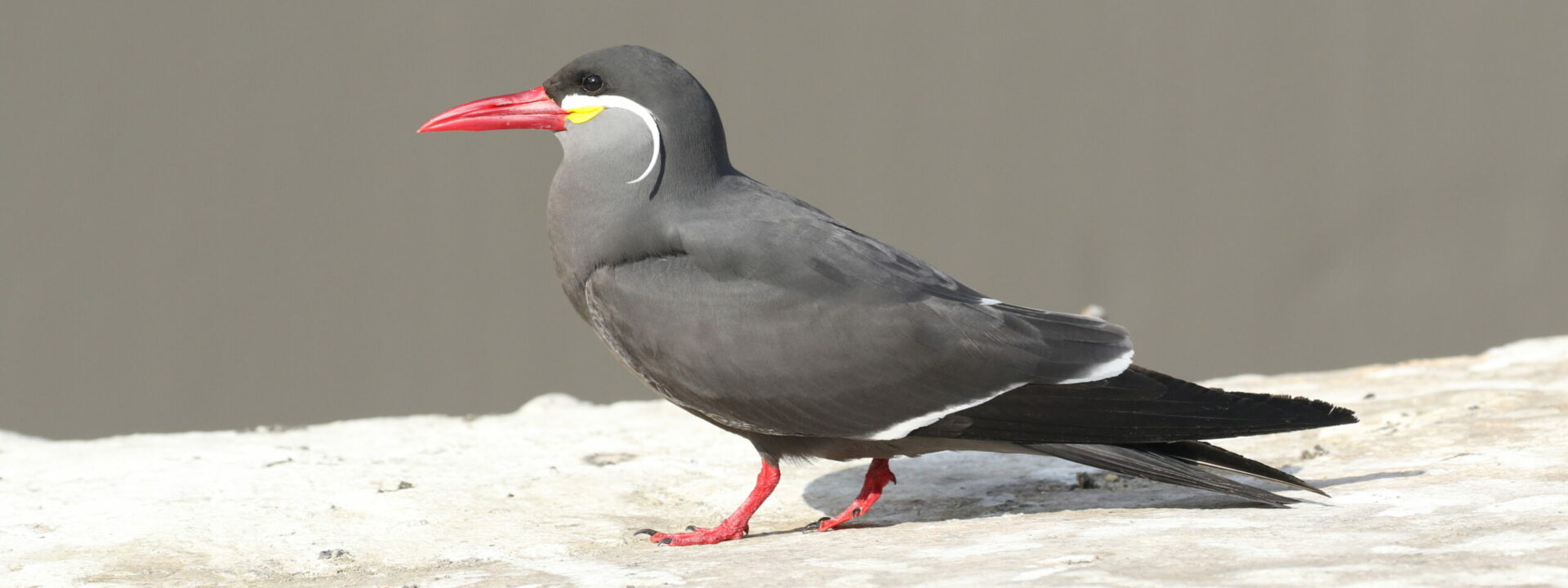Humboldt Current
Chile to Costa Rica
The seabirds and cetaceans of the Humboldt Current plus landings for speciality land birds
Tour Highlights
- cruise almost 3,000 nautical miles off the coast of South and Central America visiting Chile, Peru, Ecuador, Panama and Costa Rica
- opportunity to look for a great range of 'Humboldt Current' seabirds including Humboldt Penguin, Peruvian Booby, Waved Alabtross, Inca Tern, Swallow-tailed Gull, Hornby's Storm Petrel, Markham's Storm Petrel, Pink-footed Shearwater and Peruvian Diving Petrel
- other seabirds could include Elliot's Storm Petrel, Black Storm Petrel, De Filippi's (Masatierra) Petrel, Peruvian Pelican, Red-legged Cormorant, Guanay Cormorant, Peruvian Tern,
- birding excursions including a visit to the 'mini Galapagos' island of Isla de la Plata off the coast of Ecuador which is the only place outside of the Galapagos where Waved Albatross breeds plus also see nesting Blue-footed and Red-footed Boobies
- land excursions looking for specialities and endemics with the possibilities including Peruvian Thick-knee, West Peruvian Dove, Chilean Woodstar (critically endangered), Peruvian Seaside Cinclodes, Chilean Seaside Cinclodes, Streak-backed Tit-spinetail, Dusky-tailed Canastero, Moustached Turca, White-throated Tapaculo, Dusky Tapaculo, Rufous-tailed Plantcutter, Chilean Mockingbird, Tamarugo Conebill and Slender-billed Finch
- optional pre-voyage extension to Puerto Montt to look for Pincoya Storm Petrel which was only described in 2013 plus speciality landbirds such as Green-backed Firecrown, Black-throated Huet-huet, Chucao Tapaculo, Des Murs's Wiretail, Patagonian Tyrant
- look for a great range of marine mammals including 'Pygmy Blue Whale', Fin Whale, South American Sea Lion plus chances for beaked whales and other deep water species
Outline Itinerary
-
Depart UK for Santiago, Chile
-
Arrive Santiago. Afternoon birding excursion
-
Morning birding excursion. Proceed to Valparaiso. Board expedition ship. Sail early evening
-
Early morning at sea. Afternoon (optional) birding excursion at Coquimbo
-
Morning at the islands of Gaviota, Choros and Damas. Afternoon at sea
-
At sea
-
Optional birding excursion at Iquique
-
Optional birding excursion at Arica
-
At sea
-
Paracas with excursion to Ballestas Islands for breeding seabirds
-
Optional birding excursion at Callao, Peru
-
Morning at sea. Optional afternoon birding excursion at Trujillo
-
At sea
-
Manta, Ecuador with optional excursion to Isla de la Plata
-
Optional excursion at Manta
-
At sea
-
Optional excursion at Coiba National Park, Panama
-
Optional excursion at Golfito Bay, Costa Rica
-
Disembark in Puntarenas, Costa Rica. Transfer to San Jose for overnight flight to UK
-
Arrive UK
Sun 31/Mar/24
am
Valparaíso
07.00
pm
Valparaíso
17.00
Mon 1/Apr/24
am
Coquimbo, Chile
11.00
19.00
pm
Tue 2/Apr/24
am
Humbolt Penguine Reserve
06.00
10.00
pm
Wed 3/Apr/24
am
At sea
pm
Thu 4/Apr/24
am
Iquique, Chile
08.00
17.00
pm
Fri 5/Apr/24
am
Arica, Chile
09.00
18.00
pm
Sat 6/Apr/24
am
At sea
pm
Sun 7/Apr/24
am
Paracas, Peru
09.00
19.00
pm
Mon 8/Apr/24
am
Callao, Peru
07.00
17.00
pm
Tue 9/Apr/24
am
Trujillo, Peru
14.00
19.00
pm
Wed 10/Apr/24
am
At sea
pm
Thu 11/Apr/24
am
Isla de la Plata, Equador
1°15’S 81° 3’W
10.00
19.00
pm
Fri 12/Apr/24
am
Manta, Ecuador
06.00
17.00
pm
Sat 13/Apr/24
am
At sea
pm
Sun 14/Apr/24
am
Coiba Island, Panama
09.00
17.00
pm
Mon 15/Apr/24
am
Golfito, Costa Rica
08.00
16.00
pm
Tue 16/Apr/24
am
Puntarenas Costa Rica (San José)
07.00
pm
Day 1: Depart UK on overnight flight to Santiago, Chile
Day 2: Arrive Santiago with optional afternoon birding excursion
Depending on the flights we use, we hope to arrive at Santiago in the early-mid morning which will allow us to offer a birding excursion.
Day 3: Birding excursion and transfer to Valparaíso and board expedition ship
We will leave our hotel in Santiago early in the morning to maximise on the birding. There are a number of specialities we plan to look for with the possibilities including Moustached Turca, White-throated Tapaculo, Dusky Tapaculo, Chilean Seaside Cinclodes and Chilean Mockingbird (all Chilean endemics). Other species we could see include Great Grebe, Giant Hummingbird, Chilean Pigeon (near endemic), Striped Woodpecker, Rufous-tailed Plantcutter, Long-tailed Meadowlark, Austral Blackbird, Yellow-winged Blackbird and Grassland Yellow Finch.
By mid-afternoon, we will need to be at the port at Valparaíso where we will board our home for the next couple of weeks, the expedition ship Ocean Victory. With her inverted bow and modern stabilisers, she provides an extremely stable platform and should be ideal for looking for seabirds and cetaceans as we head north.
After settling in to our cabins and attending a series of compulsory briefings (eg lifeboat drill), we will enjoy our first meal aboard. There may be an opportunity for some initial seabirding, although it is likely to after dark before the ship leaves the wharf.
Day 4: Morning at sea. Afternoon birding excursion at Coquimbo
We should be at sea for the first part of the morning and the possibilities could include XXXX There will also be chances to look for our first cetaceans of the voyage and on the last WildWings Humboldt Current pelagic we saw Rough-toothed Dolphins not far from Coquimbo and this is likely to be our first chance for Belcher’s (Band-tailed) Gull.
We are due to arrive at the Chilean town of Coquimbo at approximately midday and there will then be an optional afternoon birding excursion. Species seen on our previous visit here included Chilean Tinamou (endemic), Cinereous Harrier, Variable Hawk, Black-chested Buzzard-eagle, Giant Hummingbird, Aplomado Falcon, Plain-mantled Tit-spinetail, Cordilleran Canastero, Chilean Elaenia, Tufted Tit-tyrant, Black-billed Shrike-tyrant, Fire-eyed Diucon, Rufous-tailed Plantcutter, Chilean Swallow, Chilean Mockingbird, Peruvian Meadowlark, Grey-hooded Sierra Finch, Band-tailed Sierra Finch and Common Diuca Finch.
Day 5: Morning offshore from the islands of Gaviota, Choros and Damas. Afternoon at sea
We should arrive off the islands of Gaviota, Choros and Damas around dawn and if the conditions are suitable we plan to cruise in the zodiacs offshore from the islands. Although the seabird breeding season will have largely concluded, nevertheless, we will still hope to see Humboldt Penguin, Red-legged Cormorant, Guanay Cormorant, Grey Gull and Peruvian Booby. There should also be some South American Sea Lions and if we are very fortunate, there are chances for Marine Otter as there is a population around the islands.
As we cruise away from the islands, we may find several species of cetaceans with the possibilities including Humpback and Fin Whales as well as Bottlenose Dolphin and as the ship moves into deeper waters, we will hope to find our first pterodroma petrels of the expedition. Whilst Stejneger’s Petrel is possibly a little more likely at this time of year, we could also find De Filippi’s (Masatierra) Petrel, both of which breed on the Juan Fernandez Islands.
Day 6: At sea
We will be at sea all day and should be in deep enough water to encounter a variety of pelagic species. Possibilities could, for example, include Pink-footed Shearwater, Peruvian Diving Petrel and the enigmatic Hornby’s Storm-petrel. On our southbound trip in 2016, we also saw a Swallow-tailed Gull which was a long way from the breeding grounds in the Galapagos Islands and the largest number of Markham’s Storm-petrels of that cruise.
On the same trip, we also saw good numbers of Long-beaked Common Dolphins, although the biggest surprise was a Scale-throated Earthcreeper which landed on ship when we were approximately 20 nautical miles offshore, clearly demonstrating that almost anything is possible when at sea !!
Day 7: Iquique
We should arrive at Iquique during breakfast and there will then be an optional birding excursion heading inland into the Andes. This is very much of the Atacama Desert zone of Northern Chile and with average rainfall of only 20 cm per annum, the area is extremely dry so we will search out some of the limited areas of bushes where birds are generally concentrated.
On our last visit, we reached approximately 2,700m where we found several localised specialities including Greyish Miner, Streak-backed Tit-spinetail and Slender-billed Finch with other possibilities including White-crested Elaenia, Yellow-billed Tit-tyrant and Mourning Sierra Finch.
Day 8: Arica
We expect to be alongside the wharf at Arica by approximately 09:00am and there will then be an optional birding excursion to explore around this ‘oasis town’. There are chances for a number of species we are unlikely to see elsewhere and one of our priorities is the critically endangered Chilean Woodstar. This bird has declined markedly in recent years and there are suggestions that it is being outcompeted by the larger and more aggressive Peruvian Sheartail, the numbers of which have increased as the woodstar has declined.
Two other specialities we will hope to find are Tamarugo Conebill which has an extremely small range and was only described in 1972 and Slender-billed Finch which is also moderately localised.
Other species we have seen here before include Puna Ibis, Harris’s Hawk, Variable Hawk, American Oystercatcher plus an range of other North American shorebirds, Andean Gull, Grey Gull, Croaking Ground Dove, West Peruvian (Pacific) Dove, Andean Swift, Oasis Hummingbird, White-crested Elaenia, Bran-coloured Flycatcher, Hooded Siskin and Blue-and-yellow Tanager.
Day 9: At sea
AT SEA, CROSSING FROM CHILEAN WATERS TO PERUVIAN WATERS
Day 10: Paracas and excursion to Ballestas Islands, Peru
The ship should arrive at the port of Paracas, which will be our first stop in Peru, shortly after breakfast and we will have most of the rest of daylight hour to explore the area. Our main plan is to take a boat trip to the nearby Ballestas Islands which are fantastic for seabirds and
OUR FIRST PERUVIAN CALL IN PARACAS, SANDY BEACHES AND OPTIONAL EXCURSIONS TO THE FAMOUS BALLESTAS ISLANDS OR BY FLIGHT TO THE NAZCA LINES
Day 11: Callao, Peru
THE PORT TOWN OF CALLAO AND THE CAPITAL CITY OF LIMA
Day 12: Morning at sea. Afternoon optional excursion at Trujillo, Peru
TRUJILLO AND THE LARGEST PRE-COLOMBIAN CITY IN THE AMERICAS: CHAN CHAN
Day 13: At sea
AT SEA, ALONG THE COAST OF ECUADOR
Day 14: Manta, Ecuador and excursion to Isla de la Plata
The small island of Isla de la Plata is located 15 miles off the coast of central Ecuador and is sometimes described as the country’s “other Galapagos”, as it shares a number of the seabirds that can be found on the more well-known archipelago. Amongst these species is the critically endangered Waved Albatross, with a couple of dozen pairs breeding on the island. Whilst our visit coincides with the very beginning of the breeding season, as the first individuals typically return in March, nevertheless, we will hope to see this rare bird.
There should also be good numbers of boobies with Nazca, Blue-footed and Red-footed all breeding on the island, along with Magnificant Frigatebird and Red-billed Tropicbird.
Day 15: Manta with optional birding excursion to forest reserve
We plan to disembark early for a visit to
EXTRA TIME IN MANTA WITH PANAMA HATS AND JUNGLE WILDLIFE
Day 16: At sea
We will be at sea all day as the ship heads for Panama and for much of the time, the water depth will be averaging approximately 3,000m. This should give us an excellent opportunity to look for a variety of highly pelagic species with the possibilities potentially including Juan Fernandez Petrel, Galapagos Petrel, Tahiti Petrel, Galapagos Shearwater and Wedge-tailed Shearwater. If we are fortunate, we could possibly encounter some of the storm-petrels from further north such as Chapman’s, Least, Black and Leach’s and possibly even Townsend’s or Ainley’s, although separating some of these at sea is far from easy.
During the day, we will pass Malpelo Island and whilst we are unlikely to have permission to get close, we should see some of the species which breed there including the largest colony of Nazca Boobies in the world with over 10,000 pairs on the island. Swallow-tailed Gull, Red-billed Tropicbird, Black Noddy, Brown Noddy, and White Tern are also known breeders so will hope to see some of these too.
Assuming the conditions are suitable, we could see a number of cetaceans and given the water depth, a number of beaked whale species could be amongst the possibilities.
Day 17: Coiba Island National Park, Panama
Located just 12 miles off the coast off Panama, Coiba island is a national park with an impressive bird list including an endemic species, the appropriately named Coiba Spinetail, which is only known from the island.
We are due to arrive shortly after breakfast and will use the ship’s fleet of zodiacs to head ashore. The island is extensively forested and our priority will be to locate the spinetail with another speciality being the relatively localised Azuero Dove which has an endemic subspecies on the island. Both White-throated Thrush and Chestnut-capped Warbler also have endem,ic island subspecies and this is also regarded as one of the best places in Panama to see Scarlet Macaw so there should plenty to look for with other more widespread possibilities including Bare-throated Tiger-Heron, Blue-throated Goldentail and Sepia-capped Flycatcher.
Day 18: Golfito Bay, Costa Rica
GOLFITO BAY AND VISIT OF RESEARCH STATION AND RAINFOREST
Day 19: Arrive Puntarenas, Costa Rica. Disembark ship. Transfer to San Jose. Overnight flight to UK
Day 20: Arrive UK
ARRIVAL IN PUNTARENAS, COSTA RICA – DISEMBARKATION
Tour Gallery
View a gallery of images for this tour below, click on an image to view as full size with caption

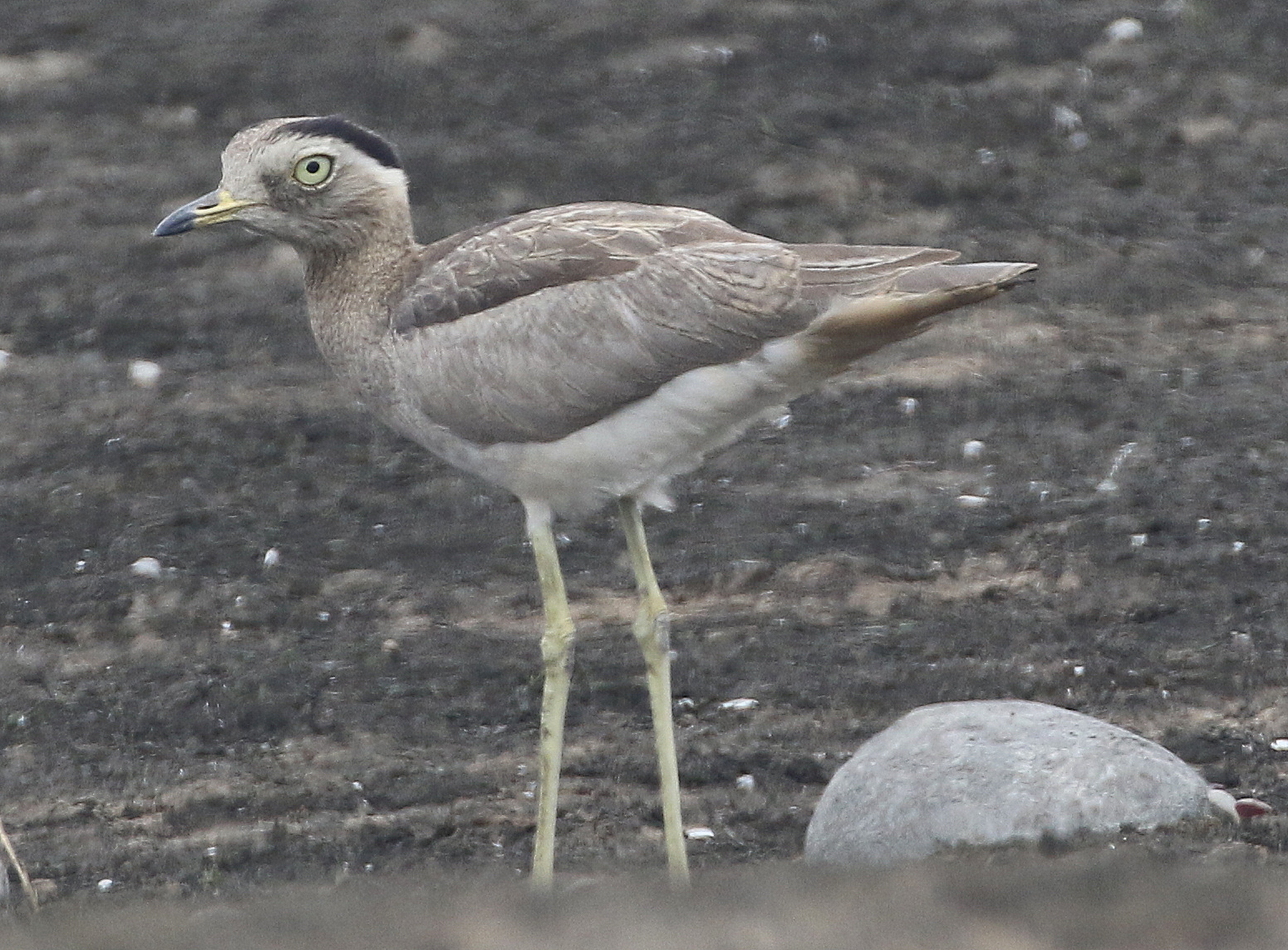
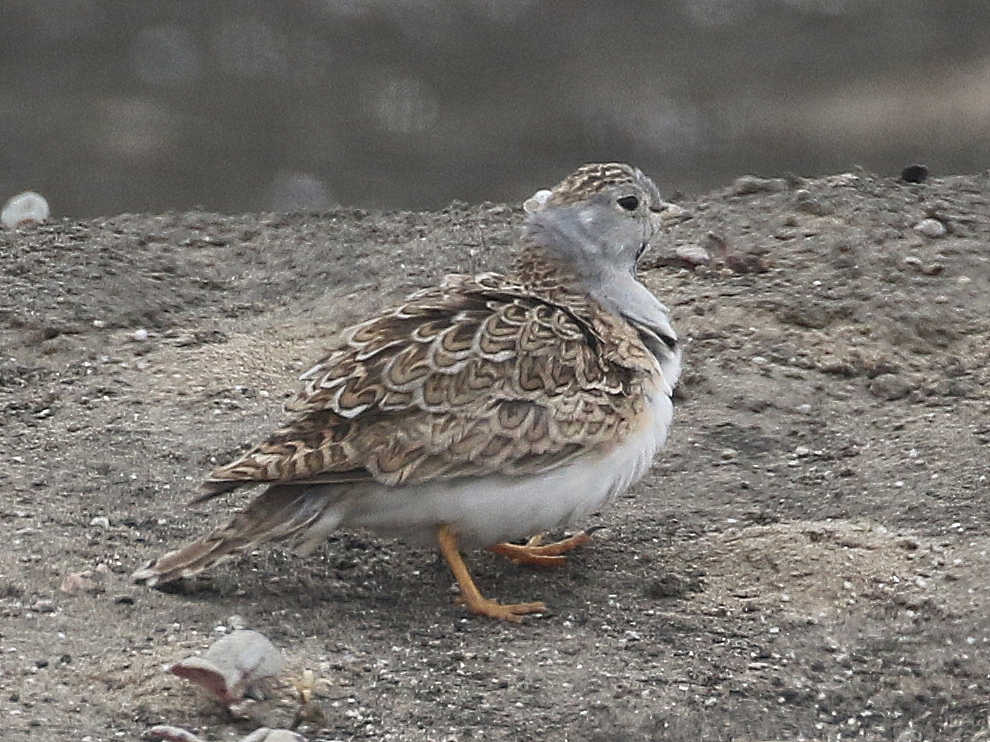
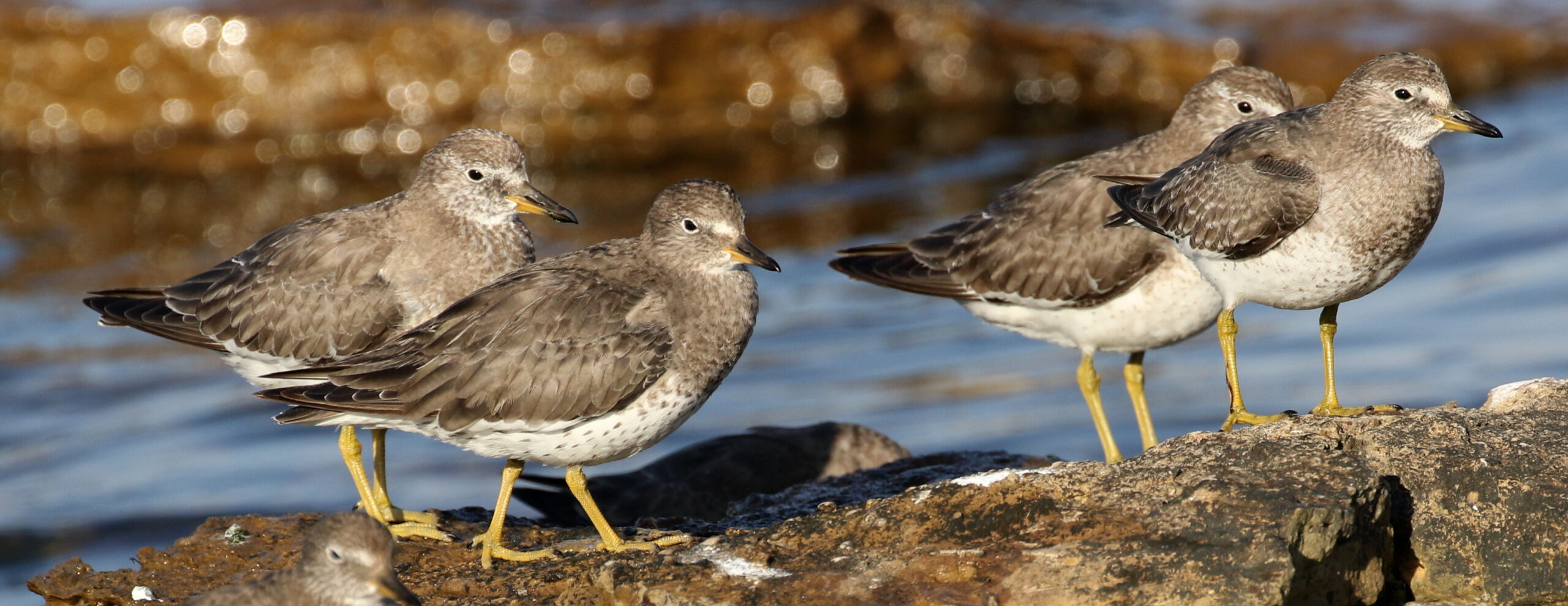
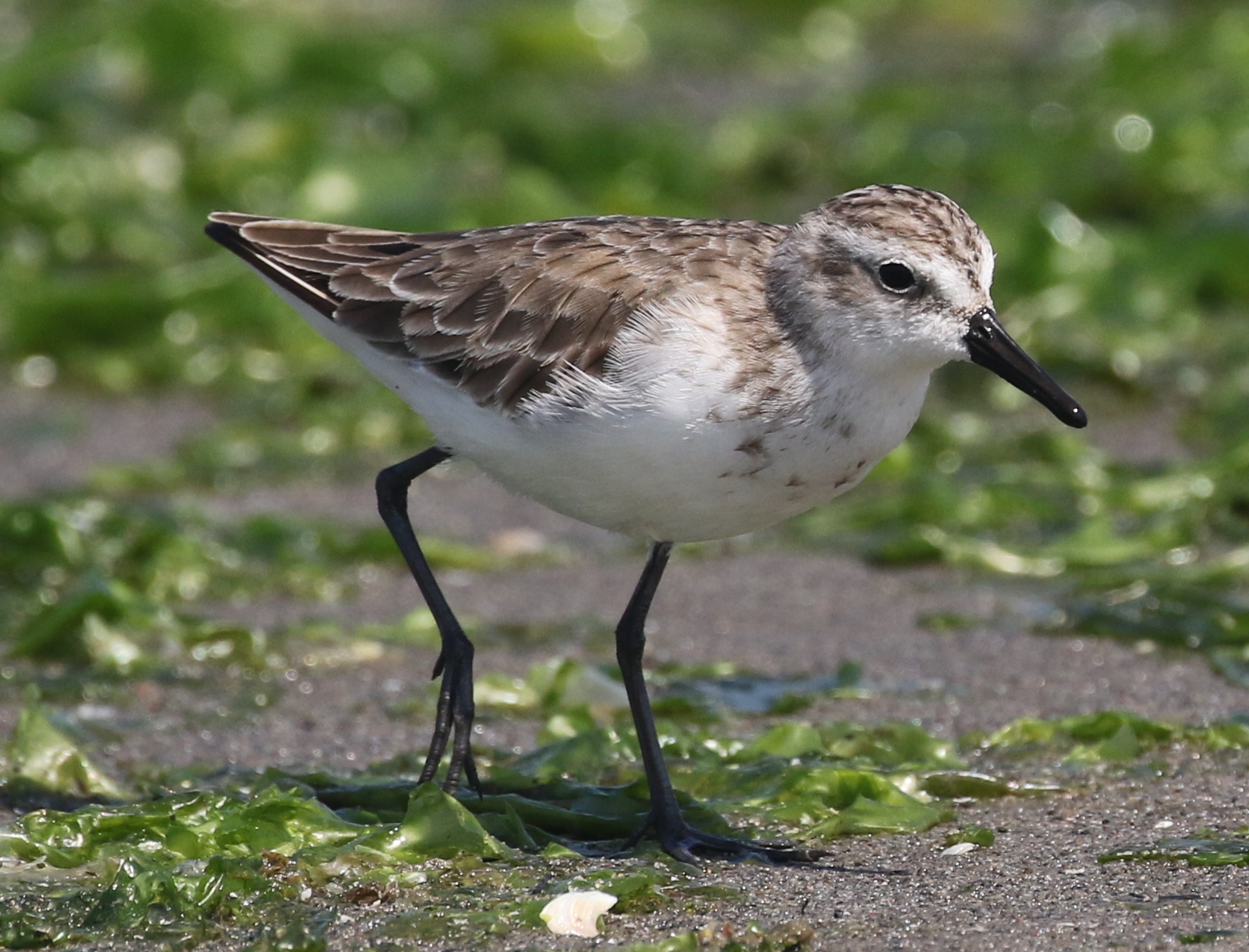
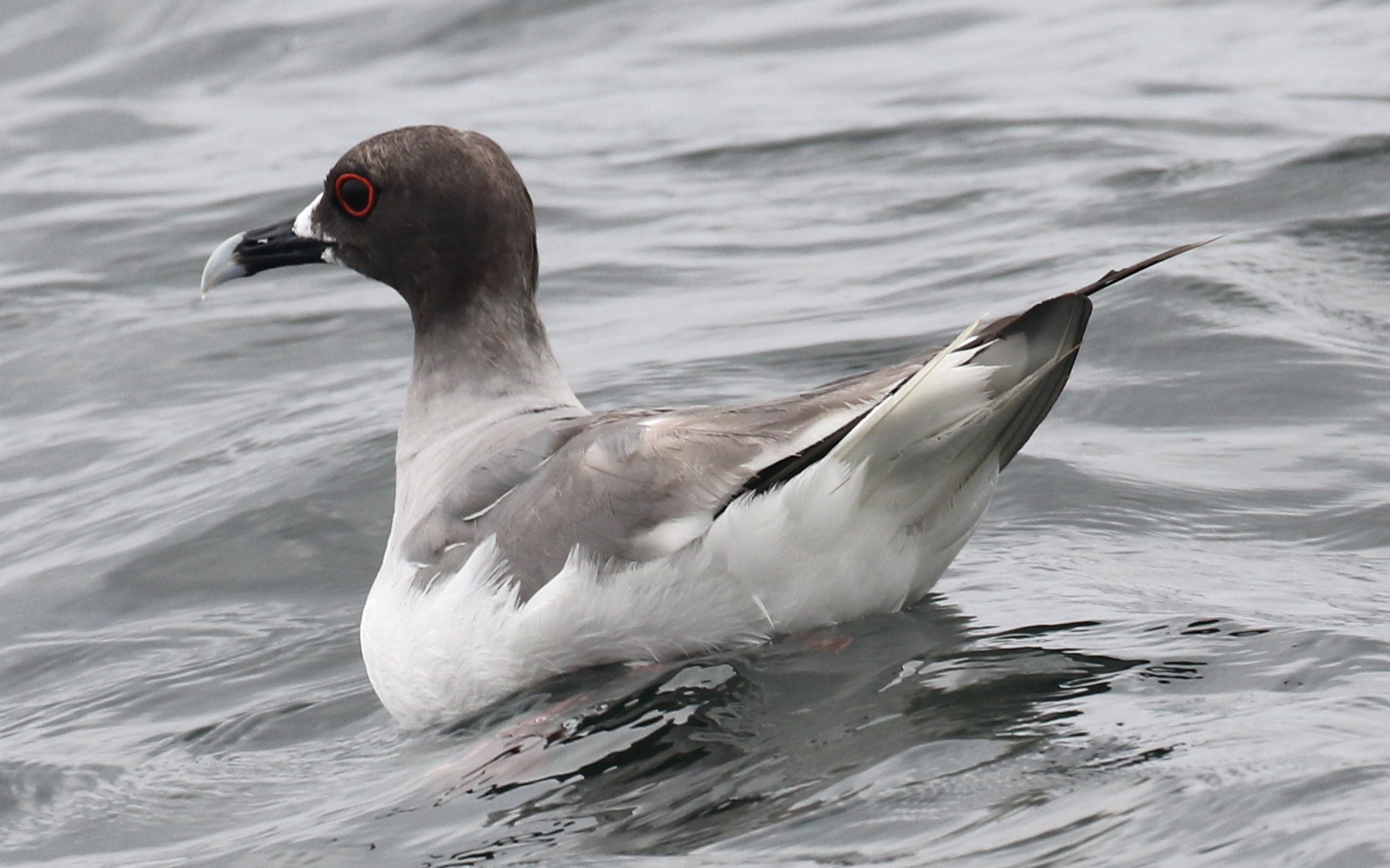
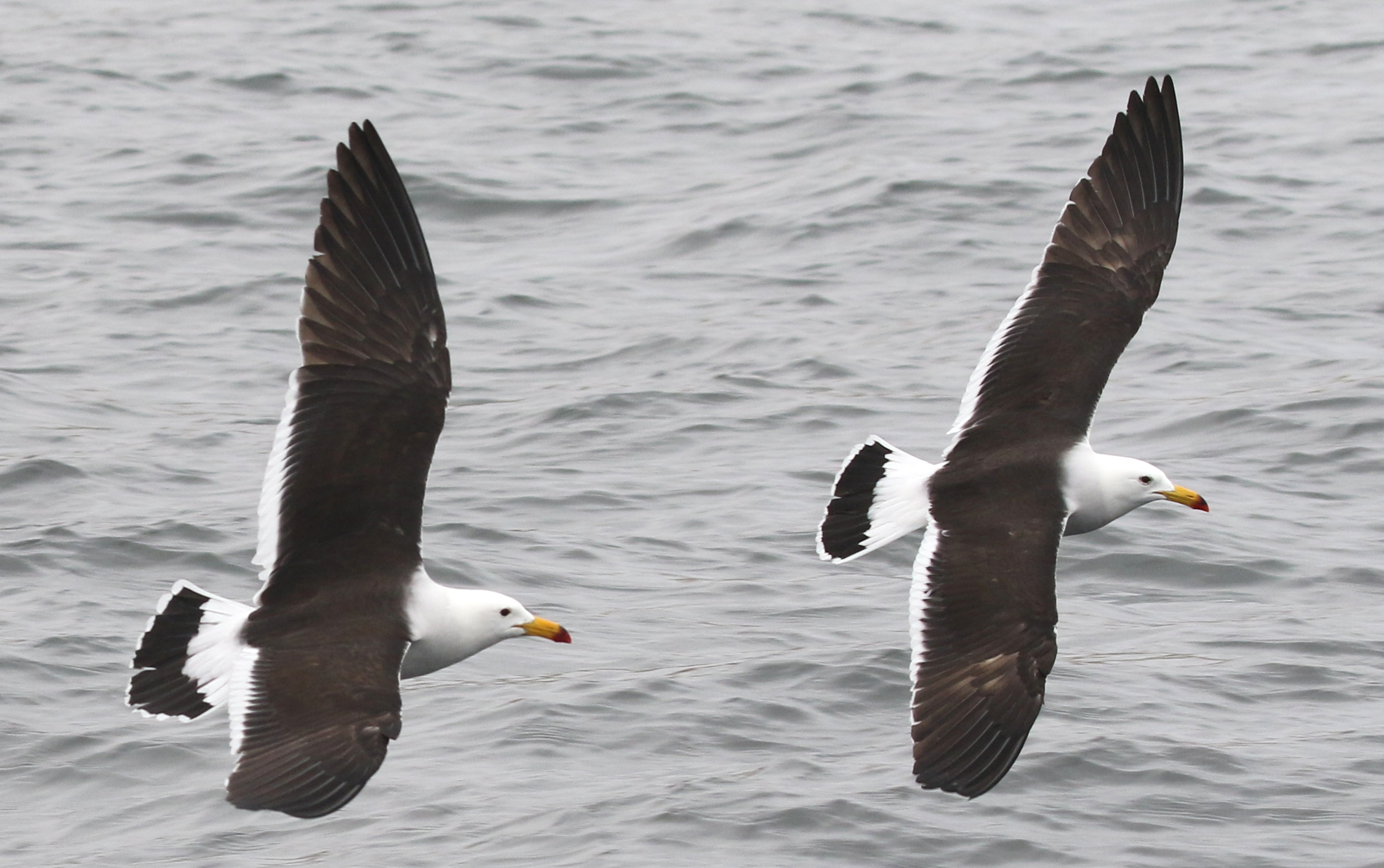
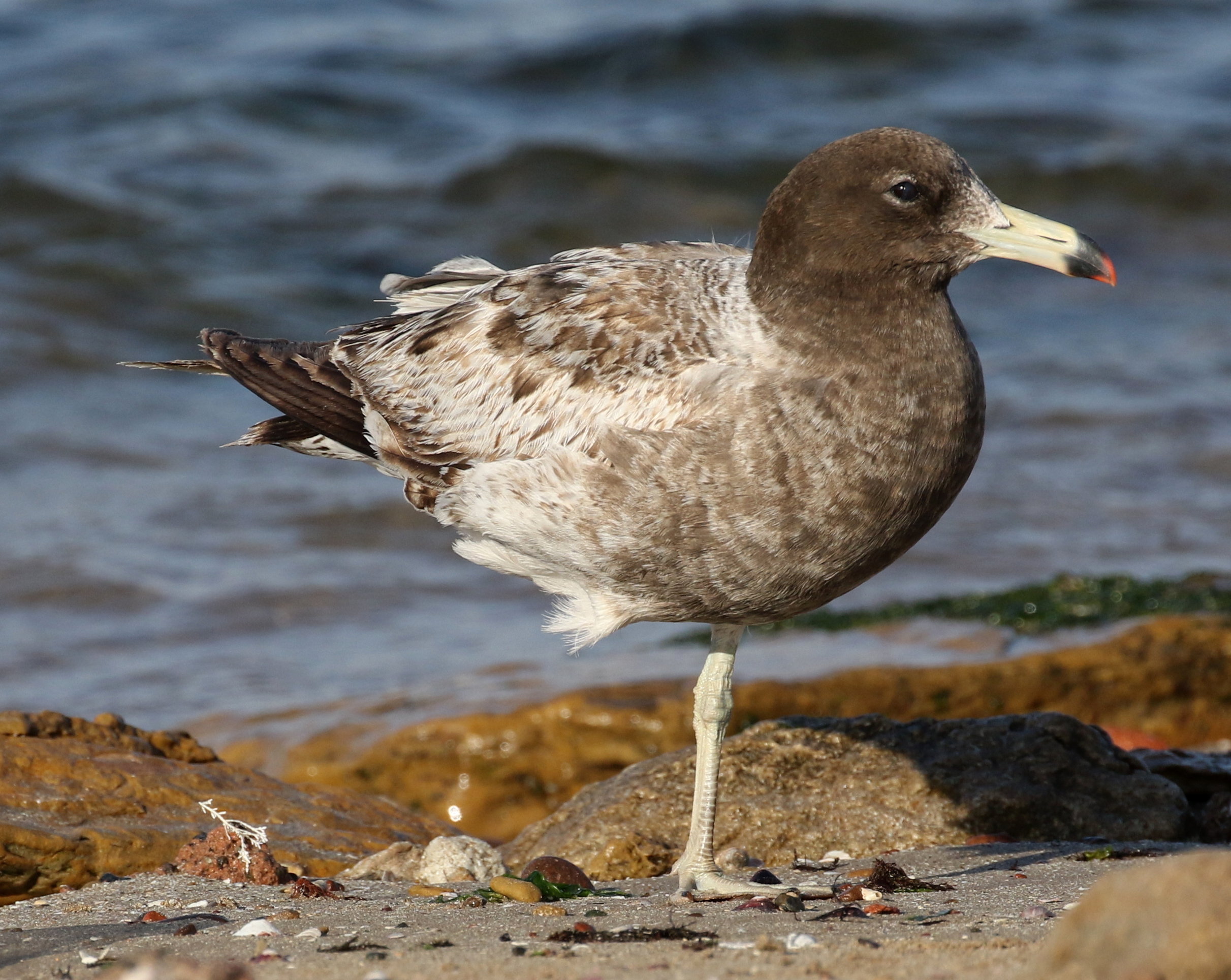
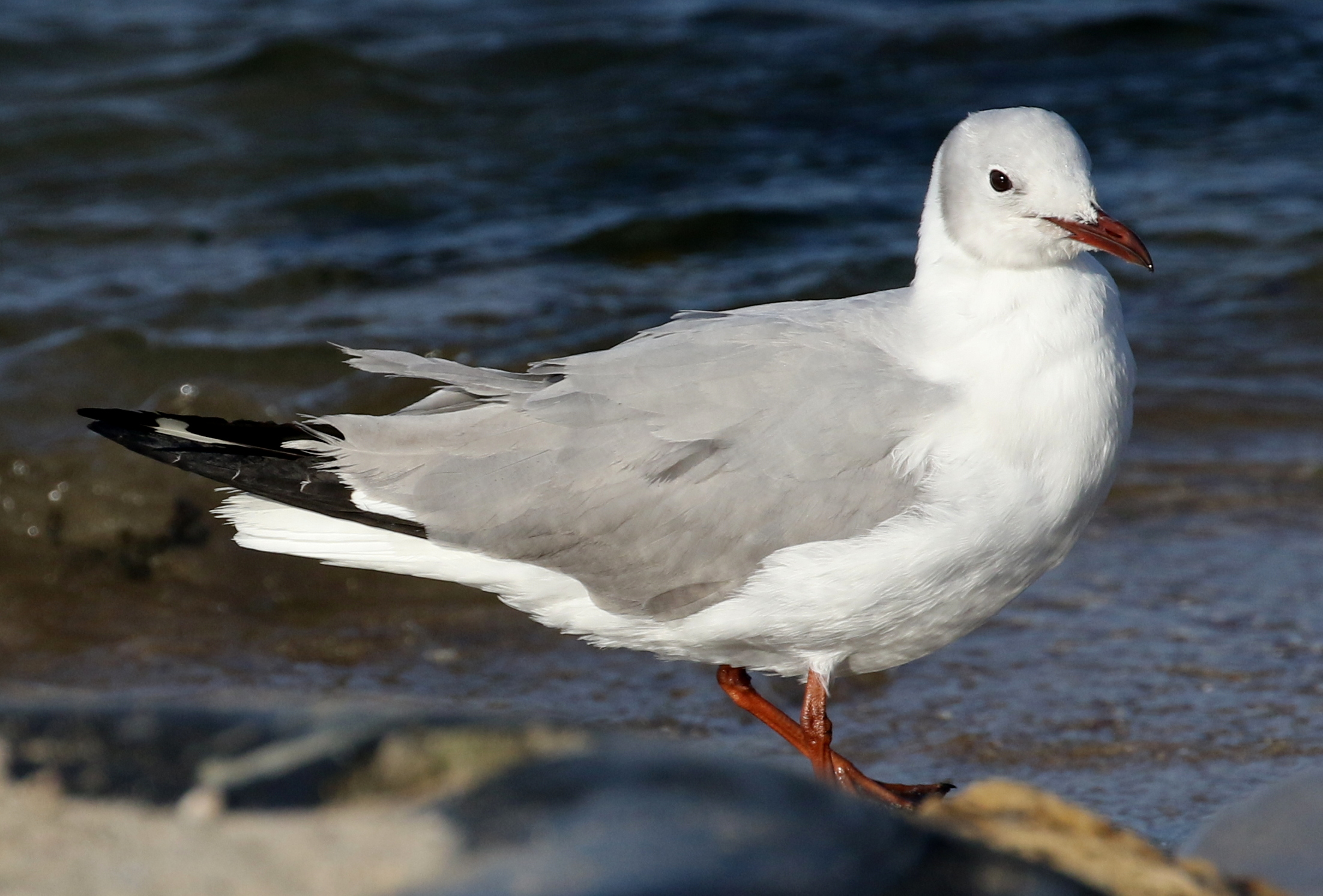
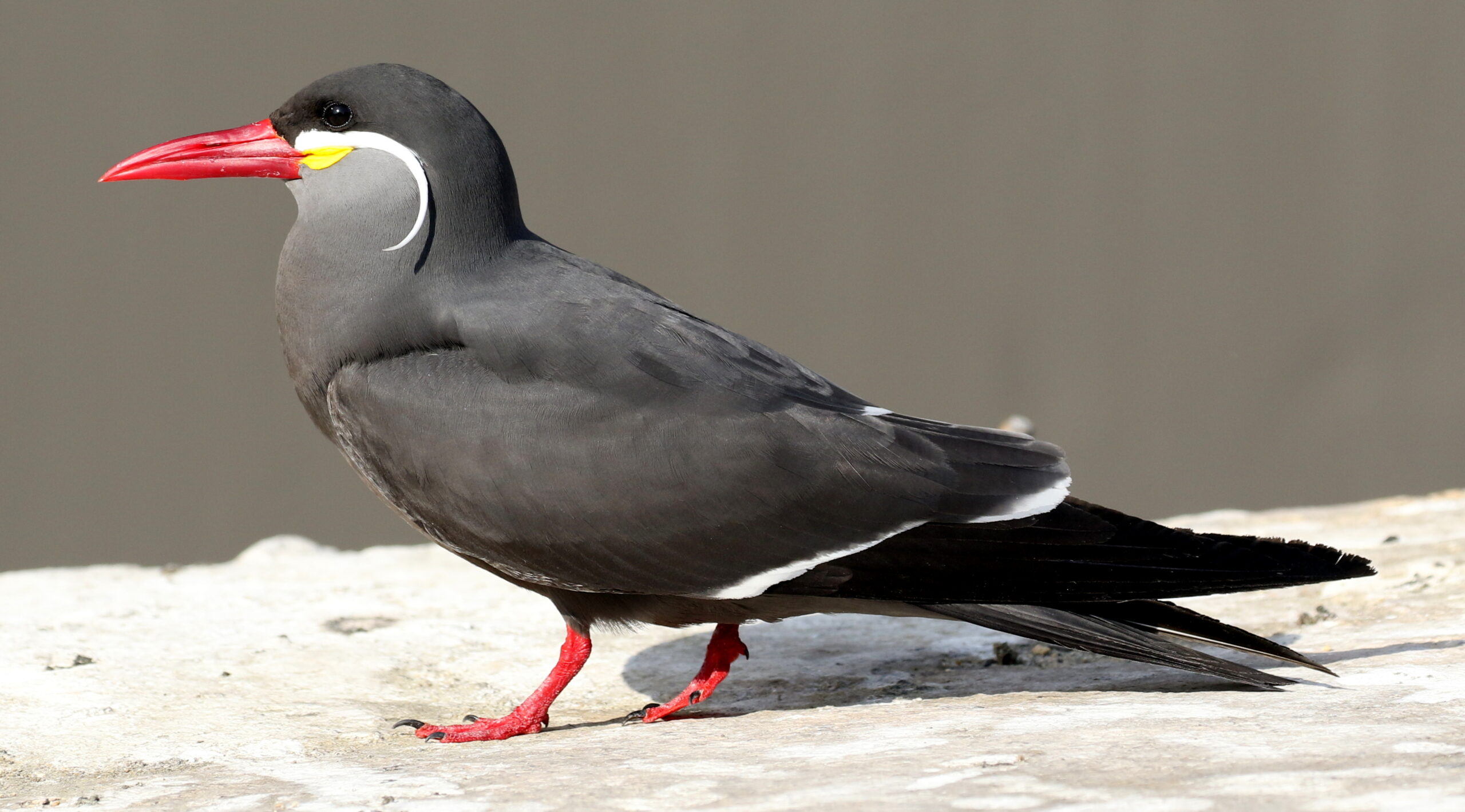
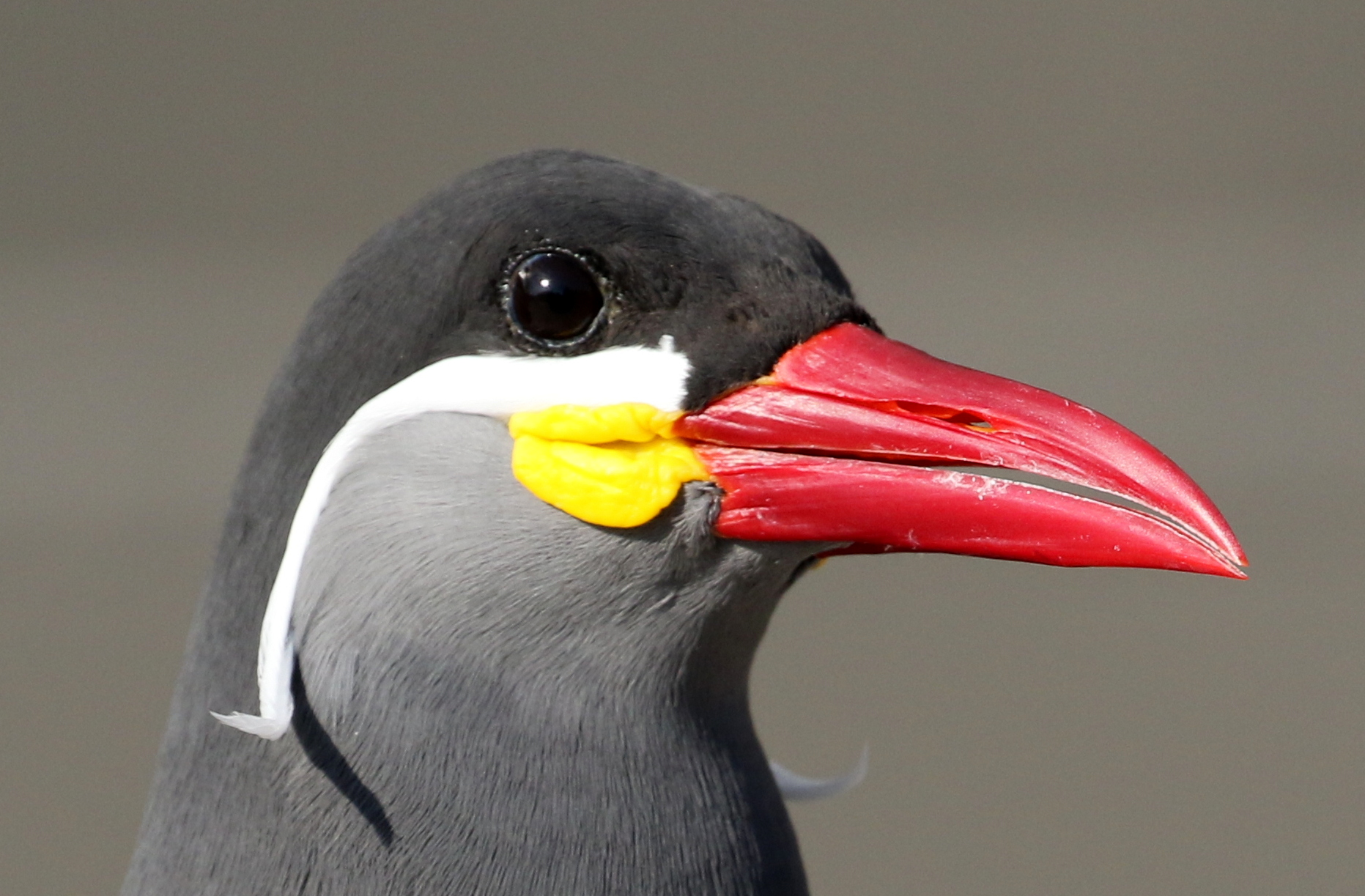
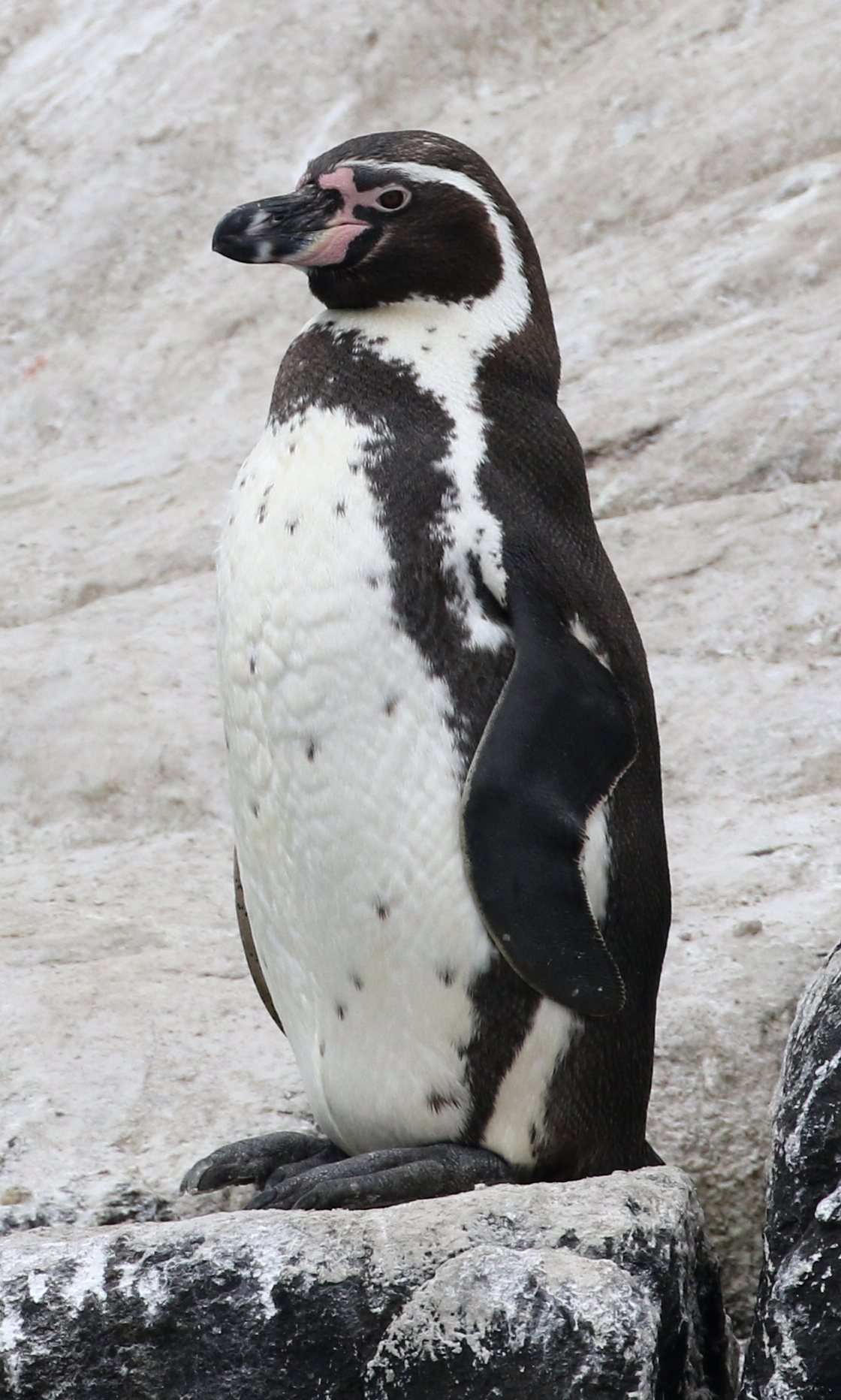
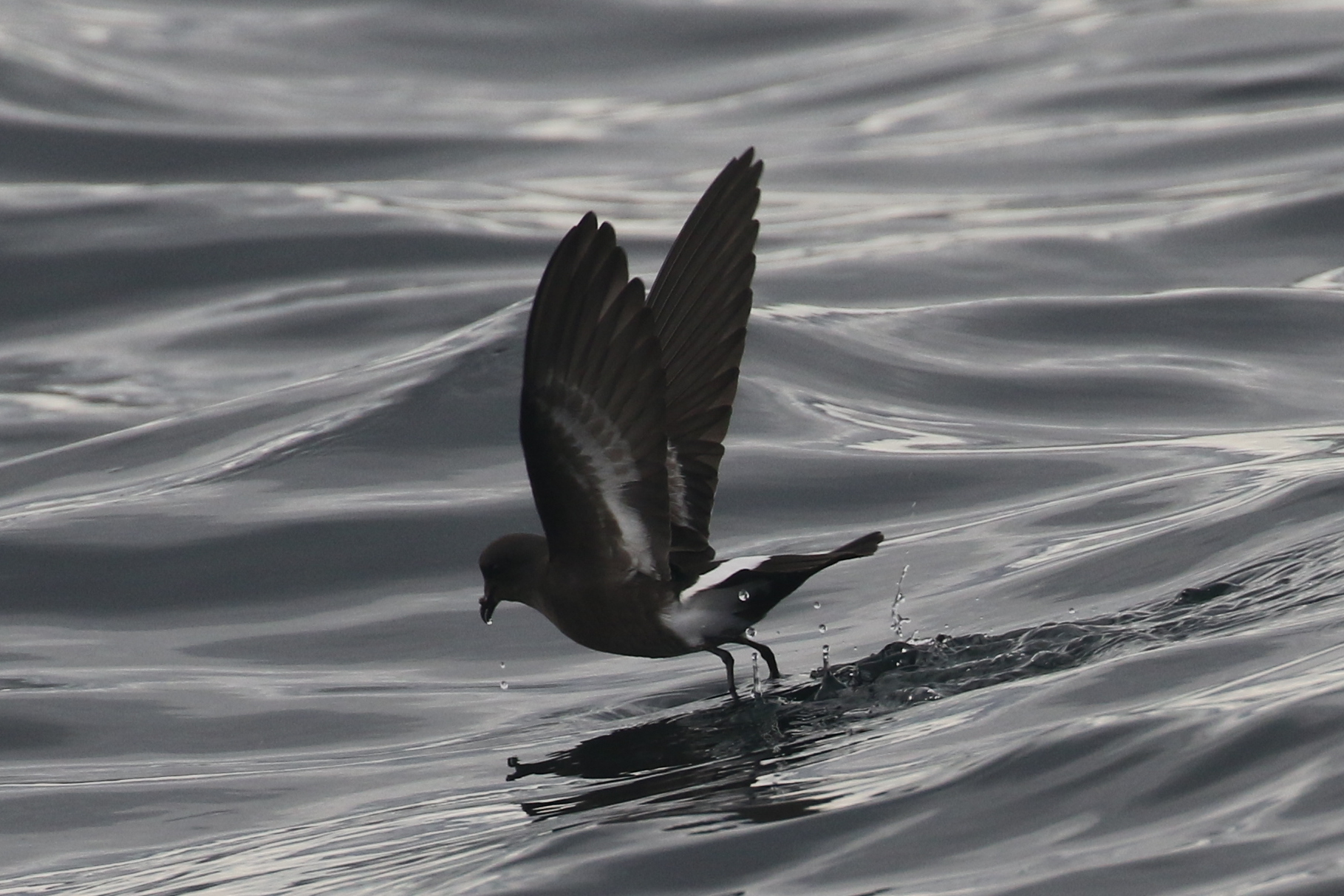
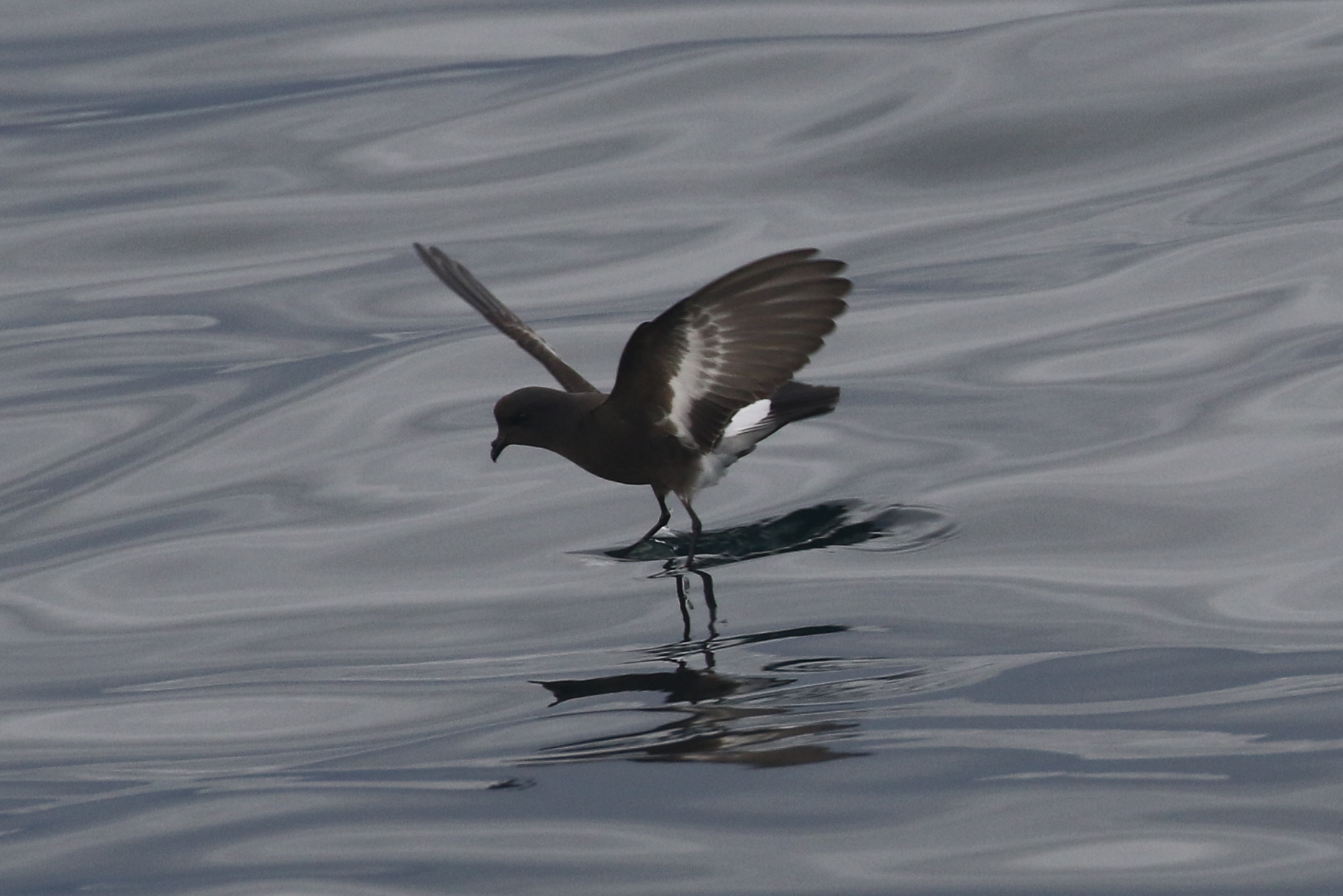
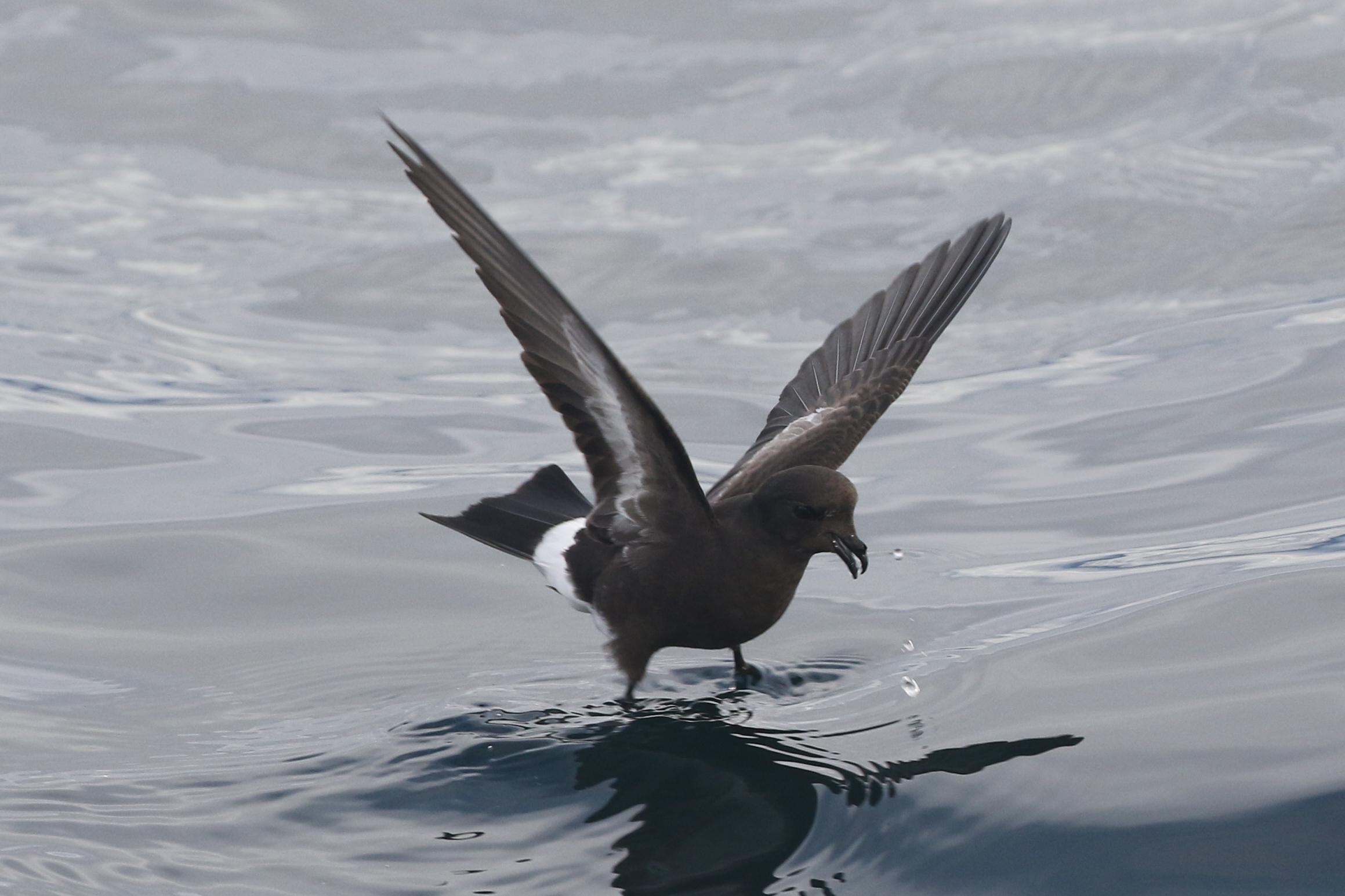
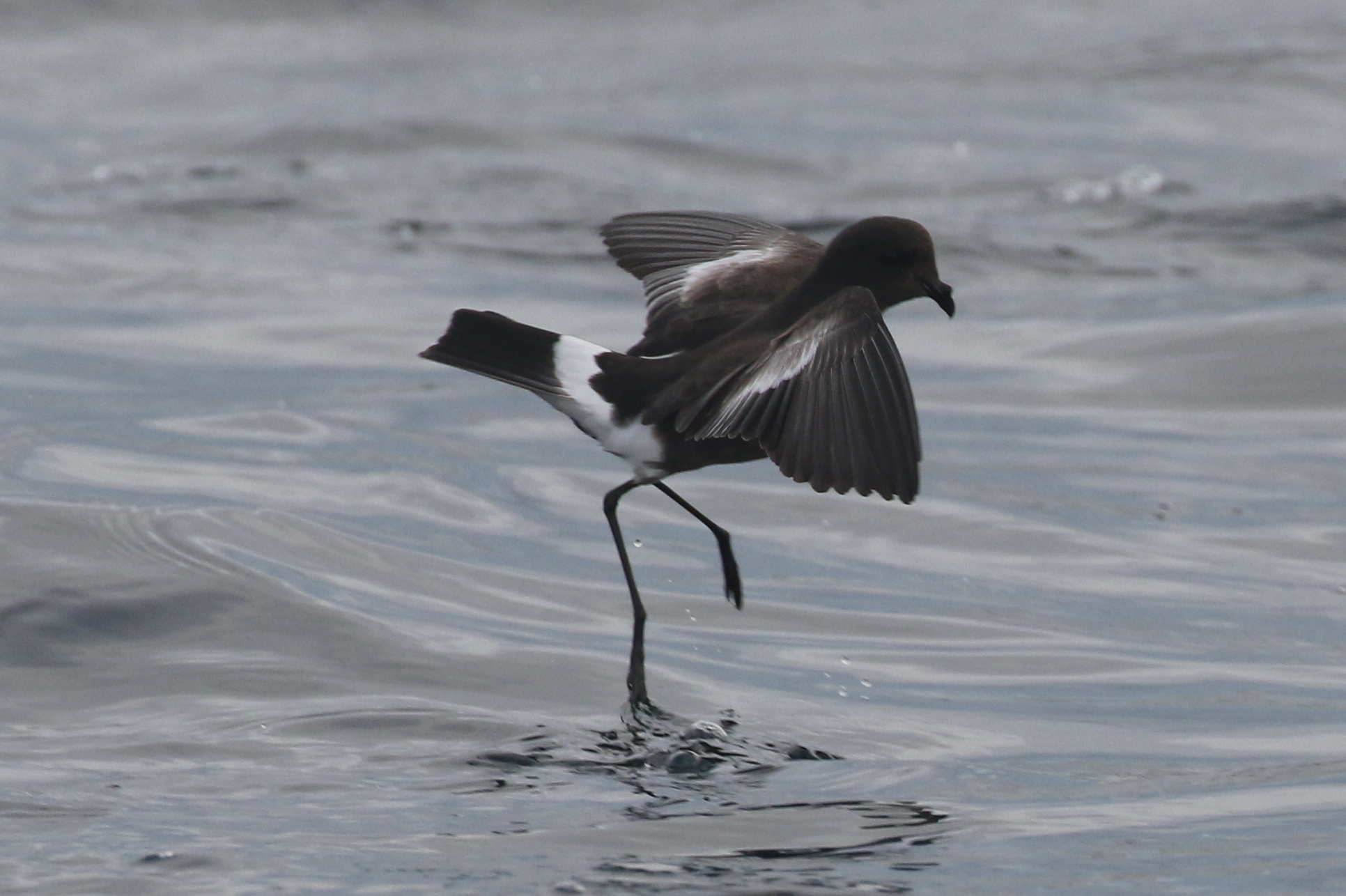
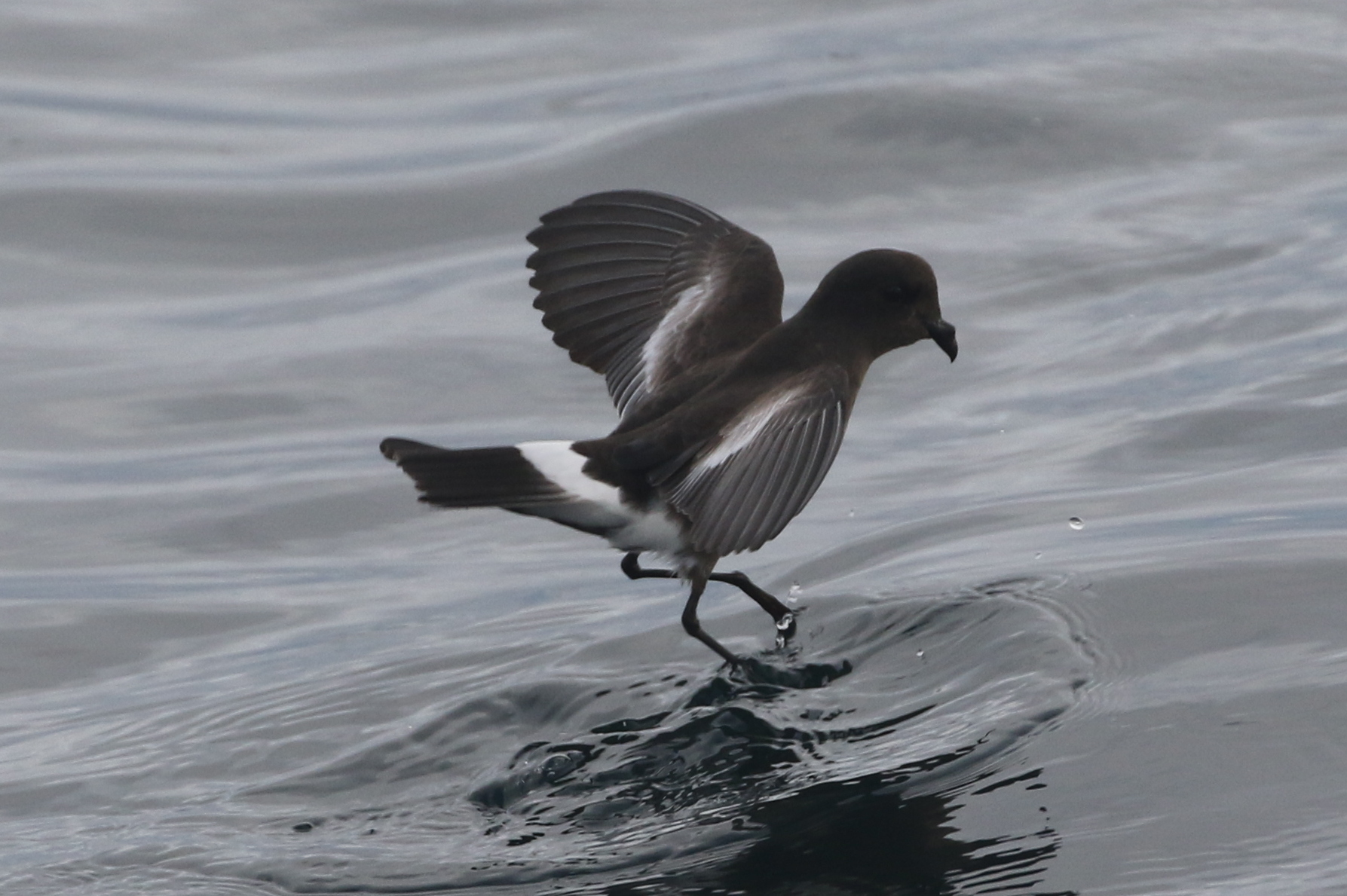
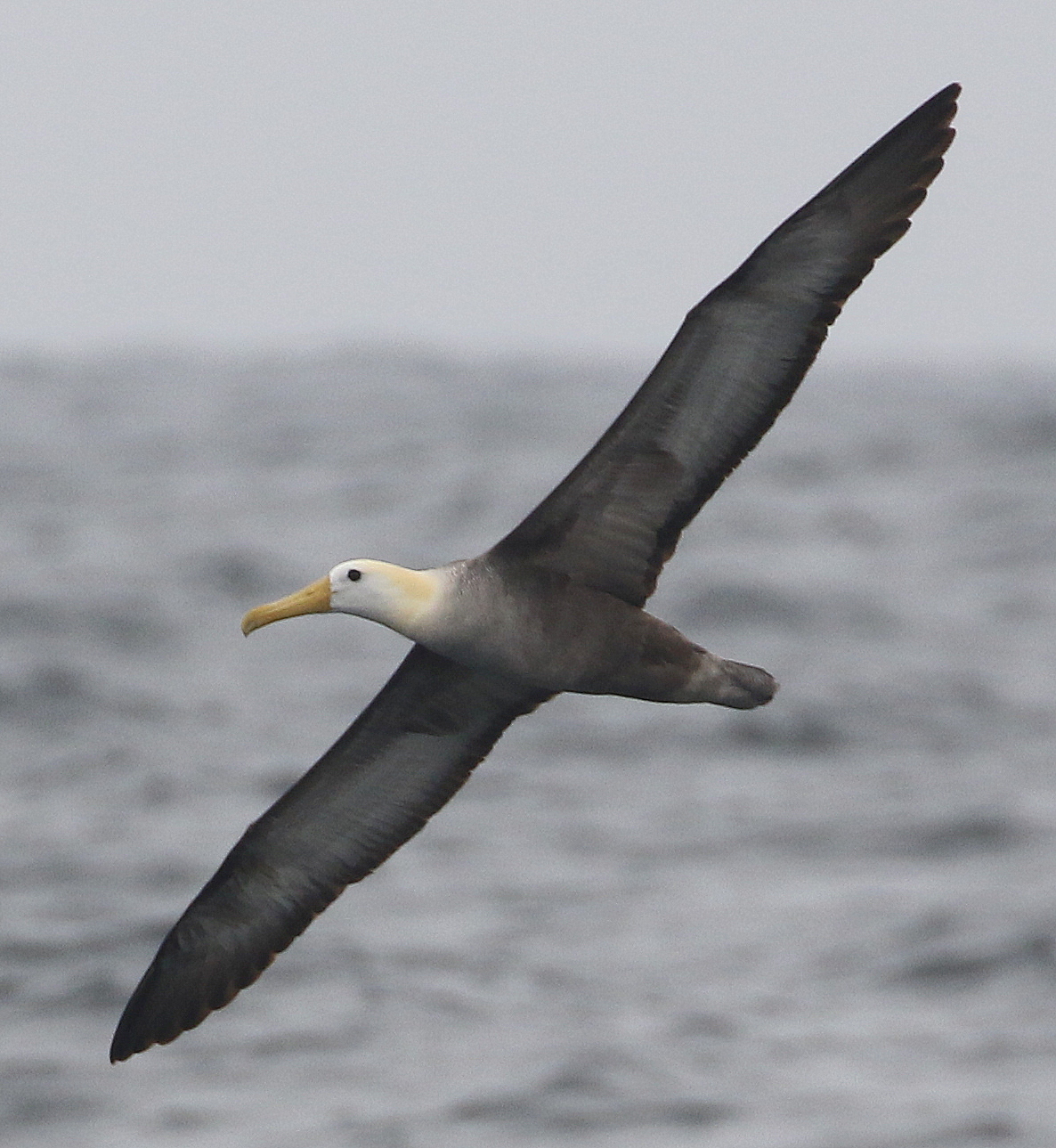
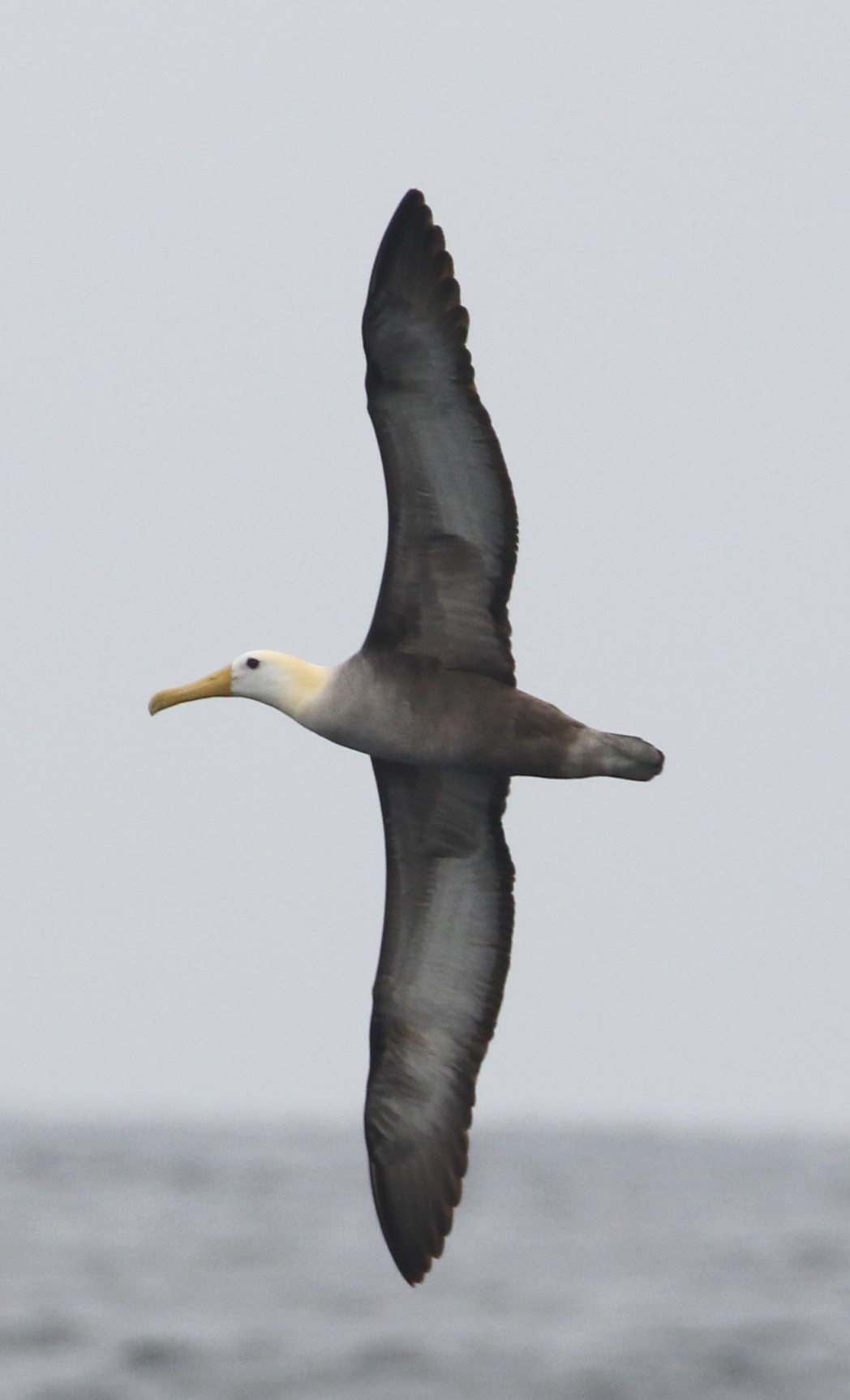
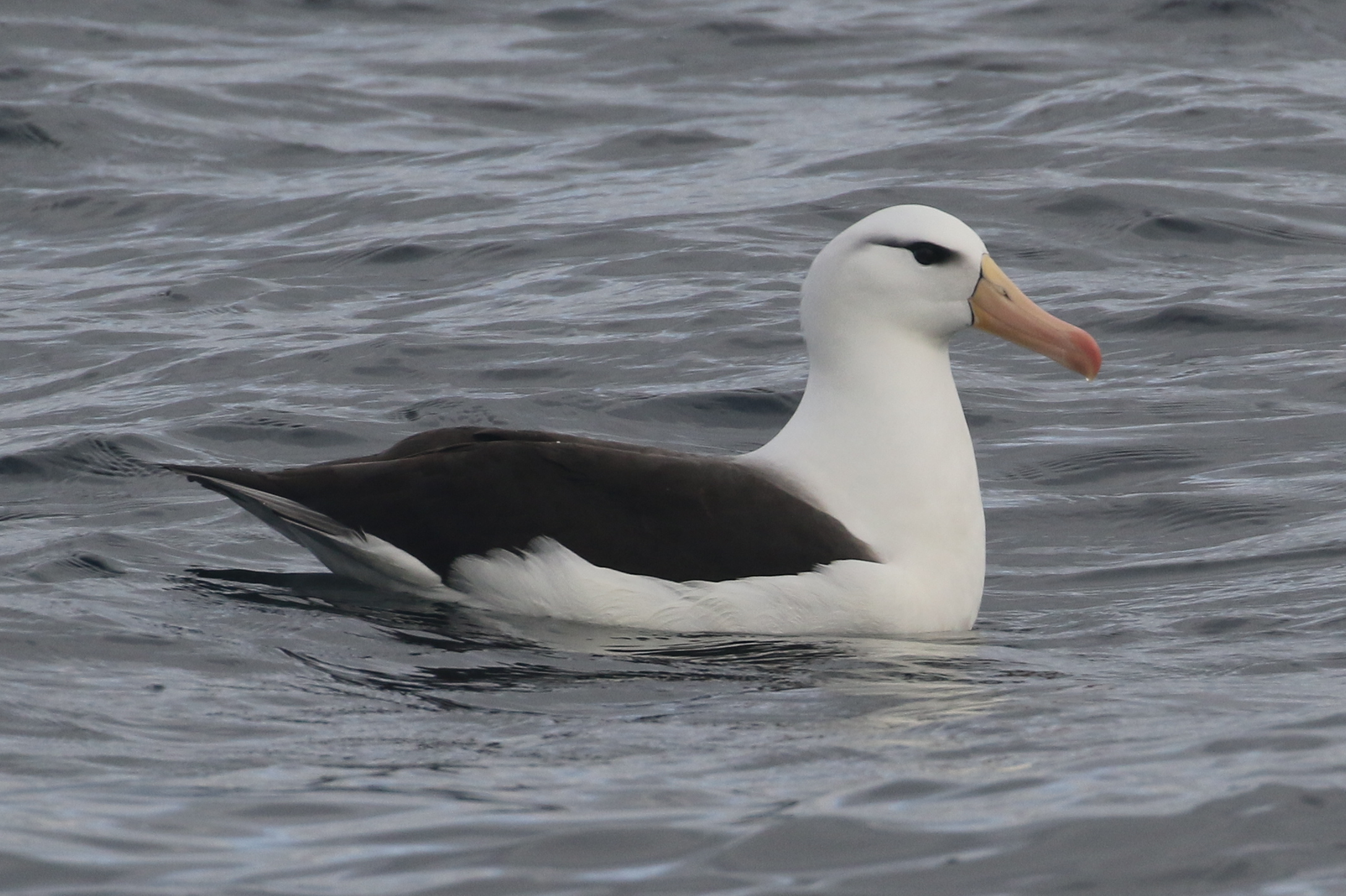
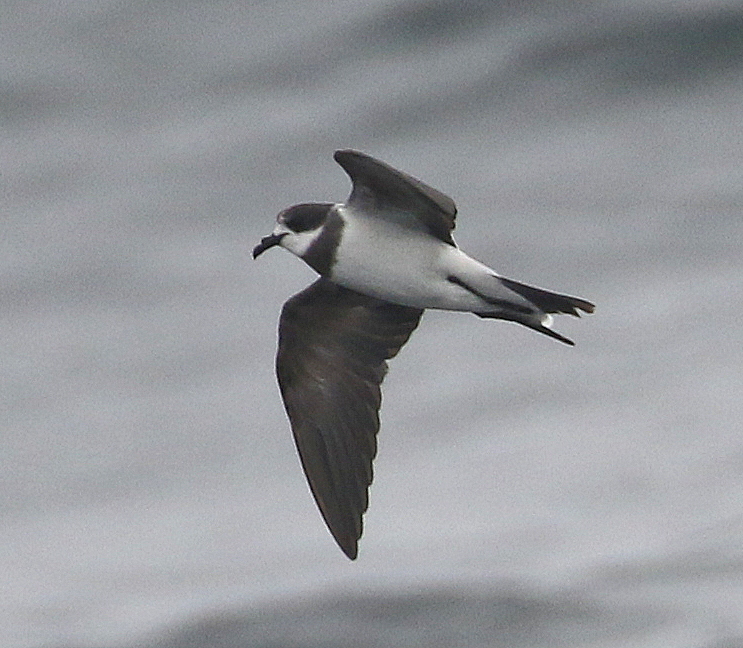
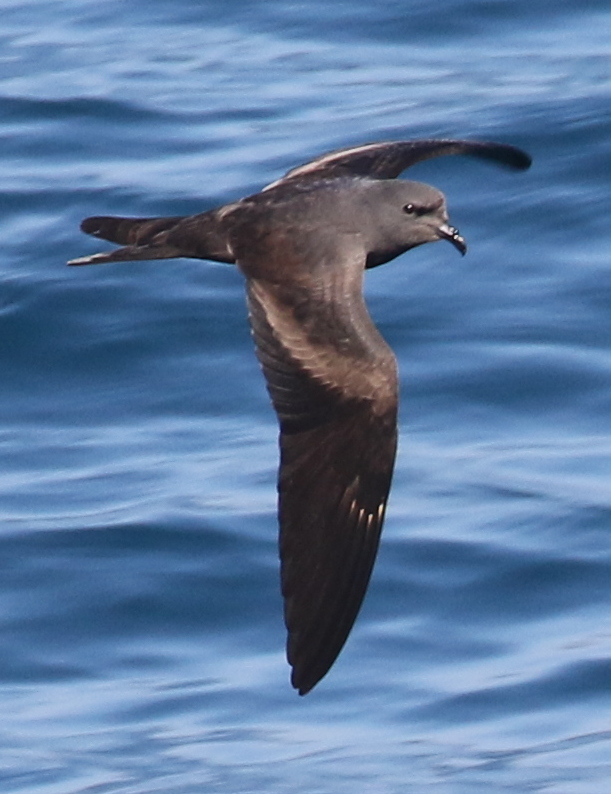
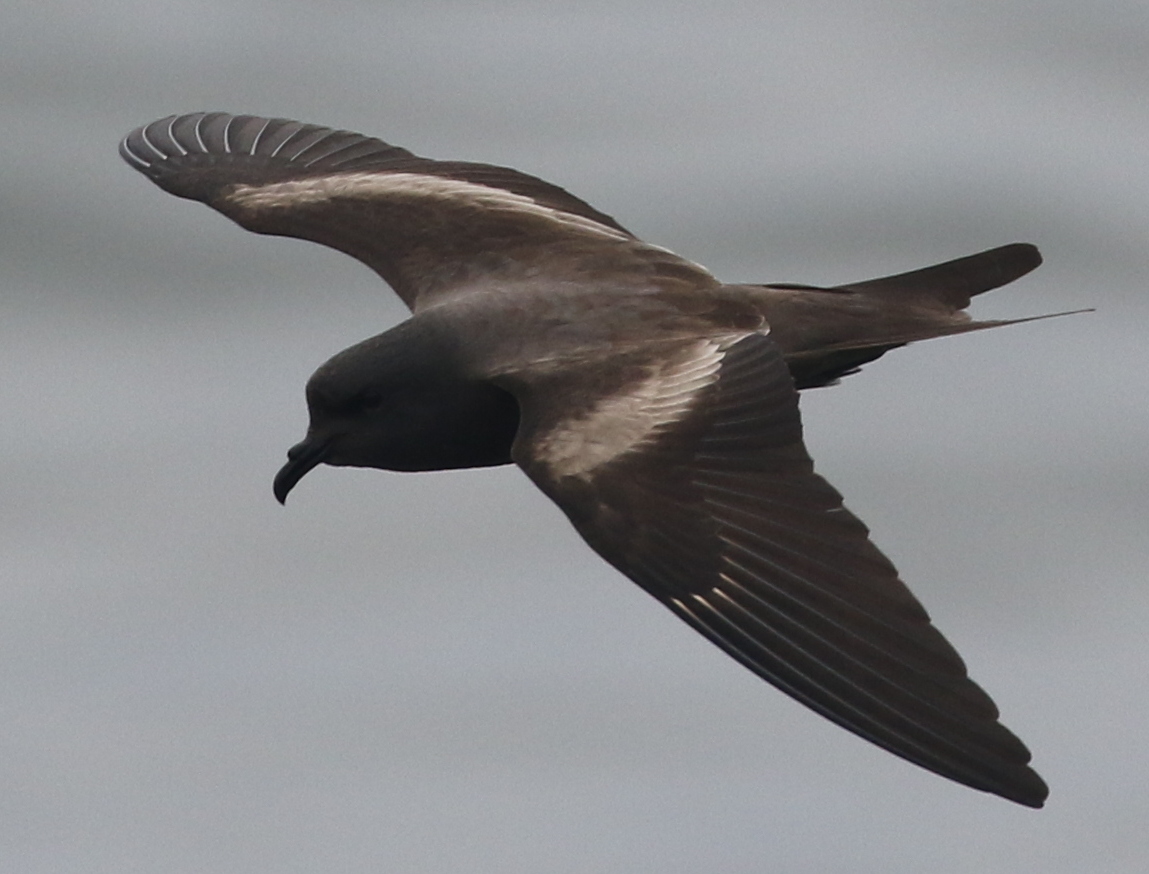

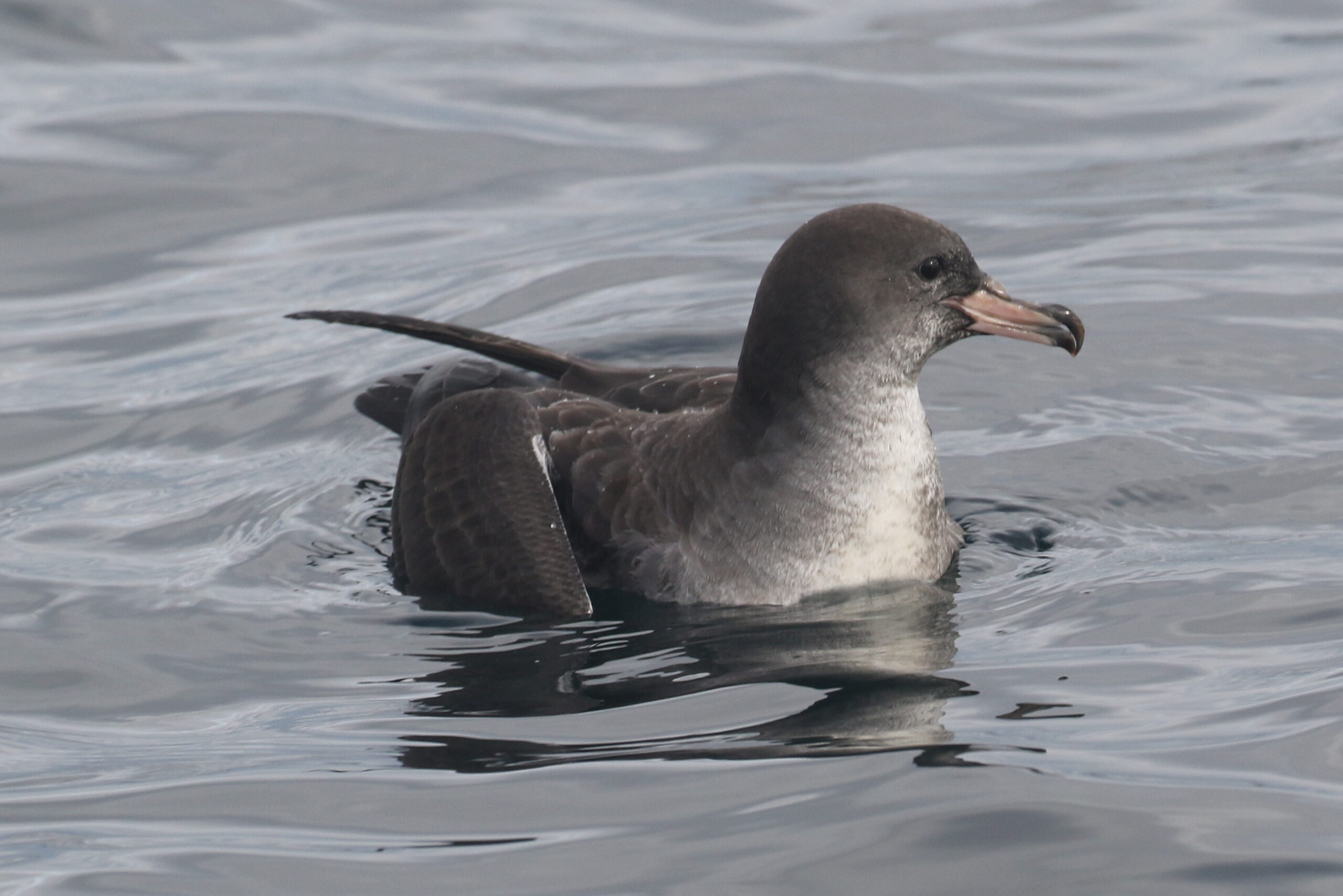
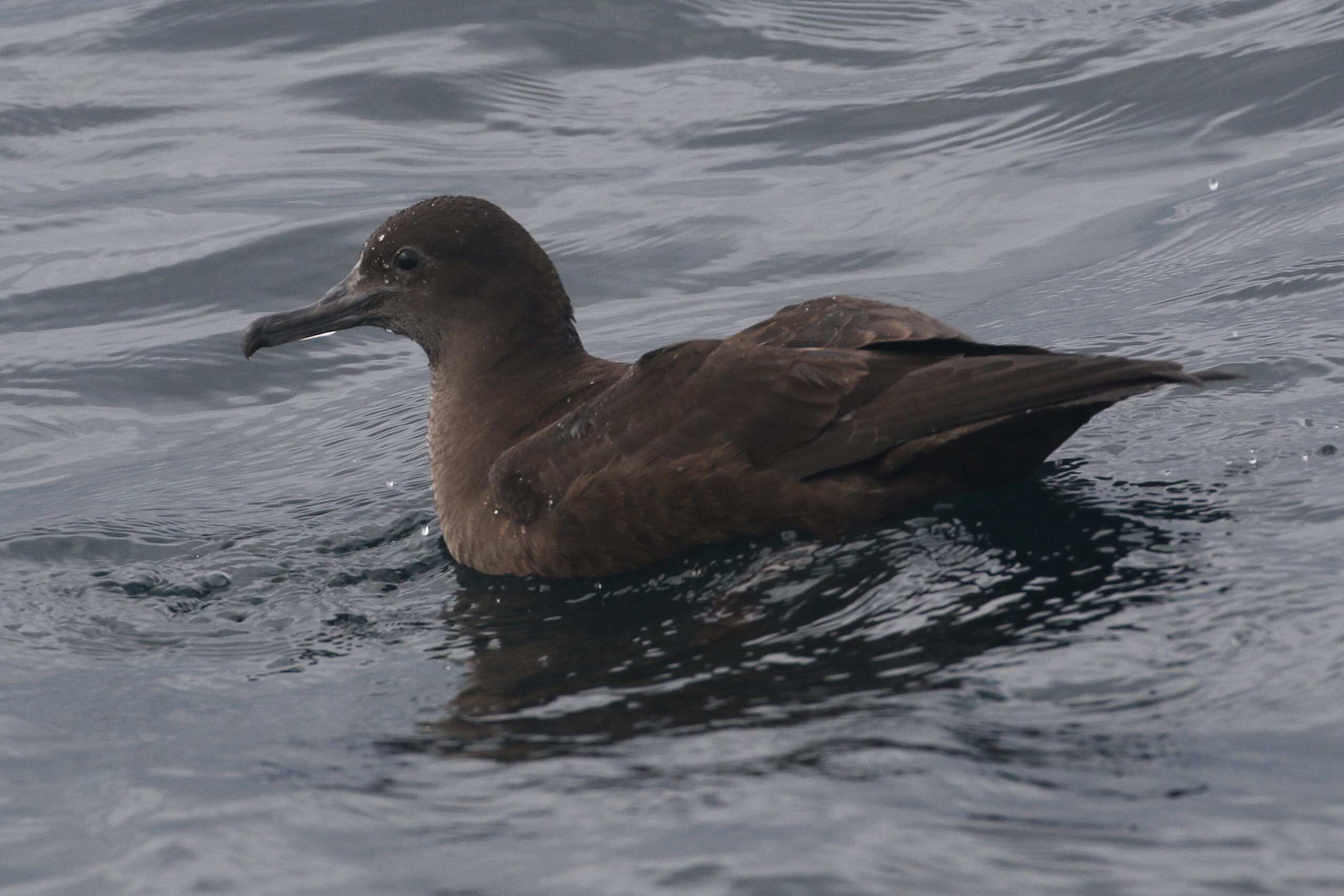
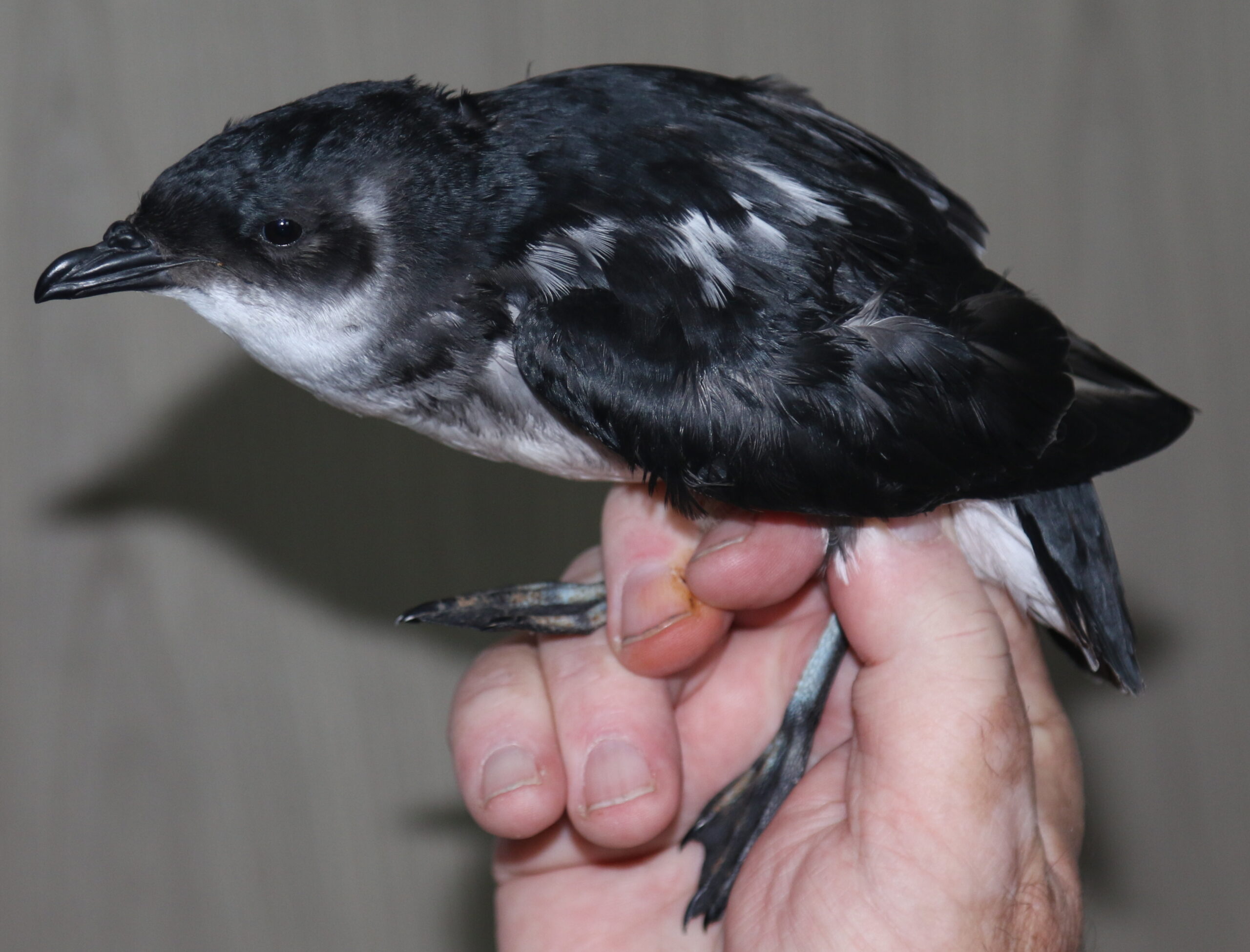
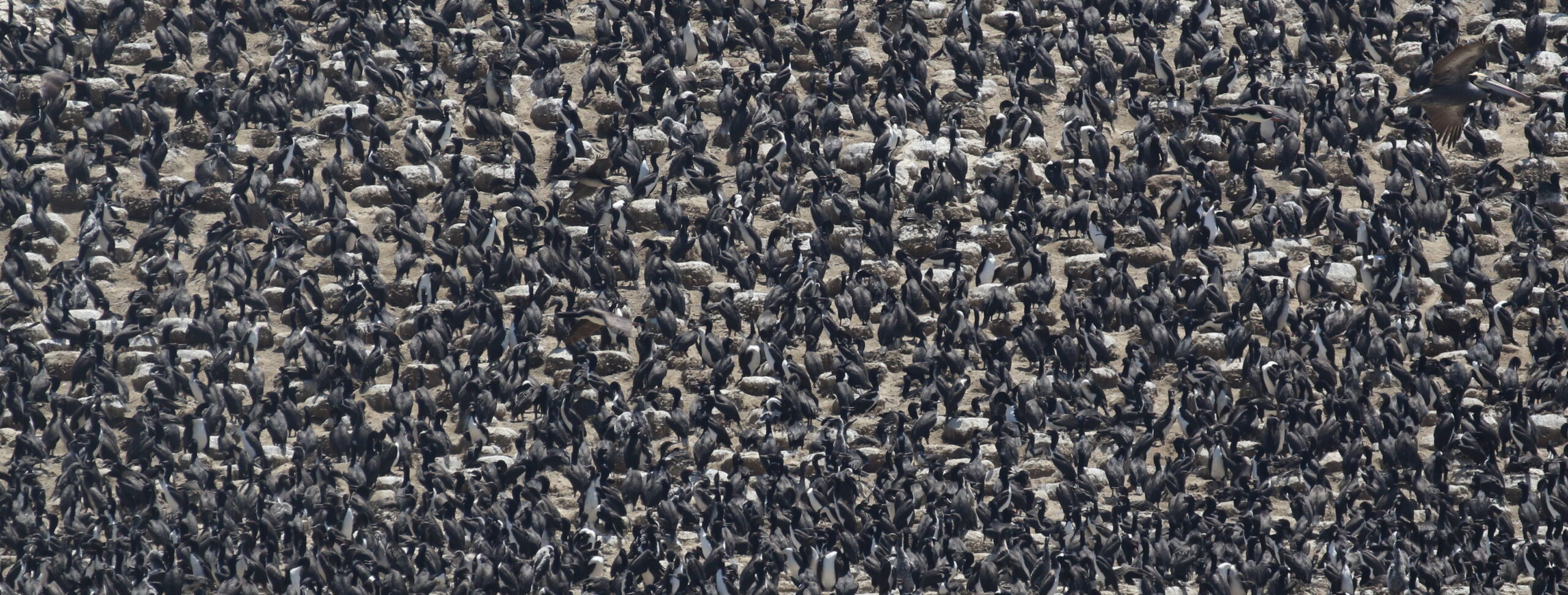
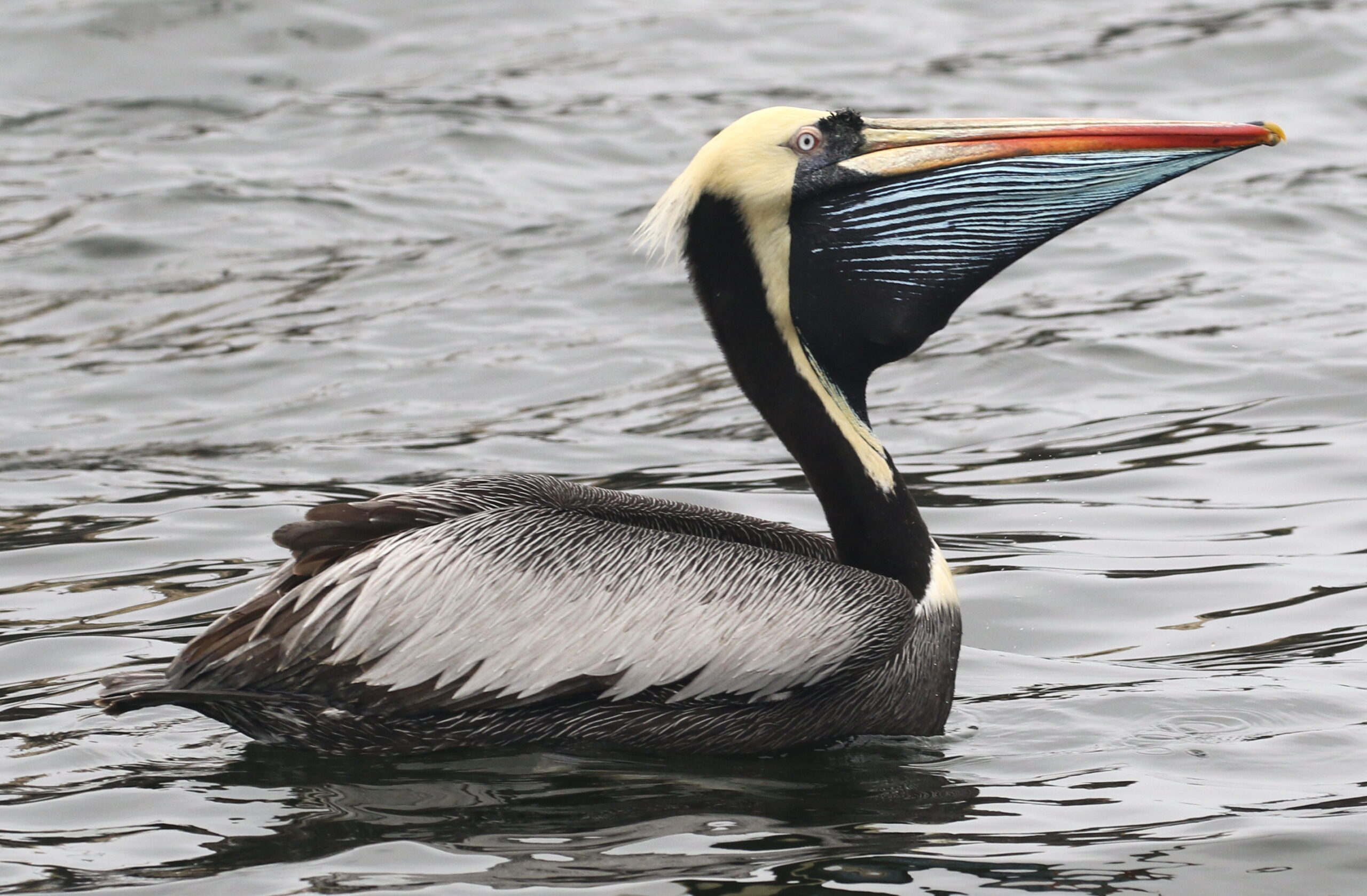
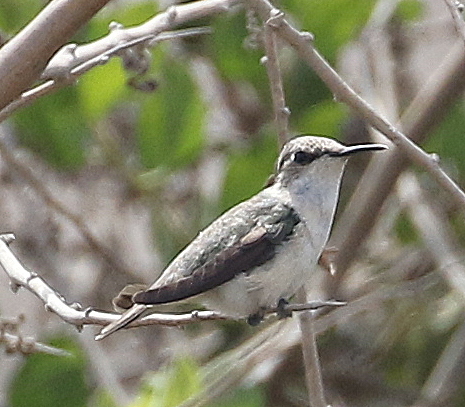
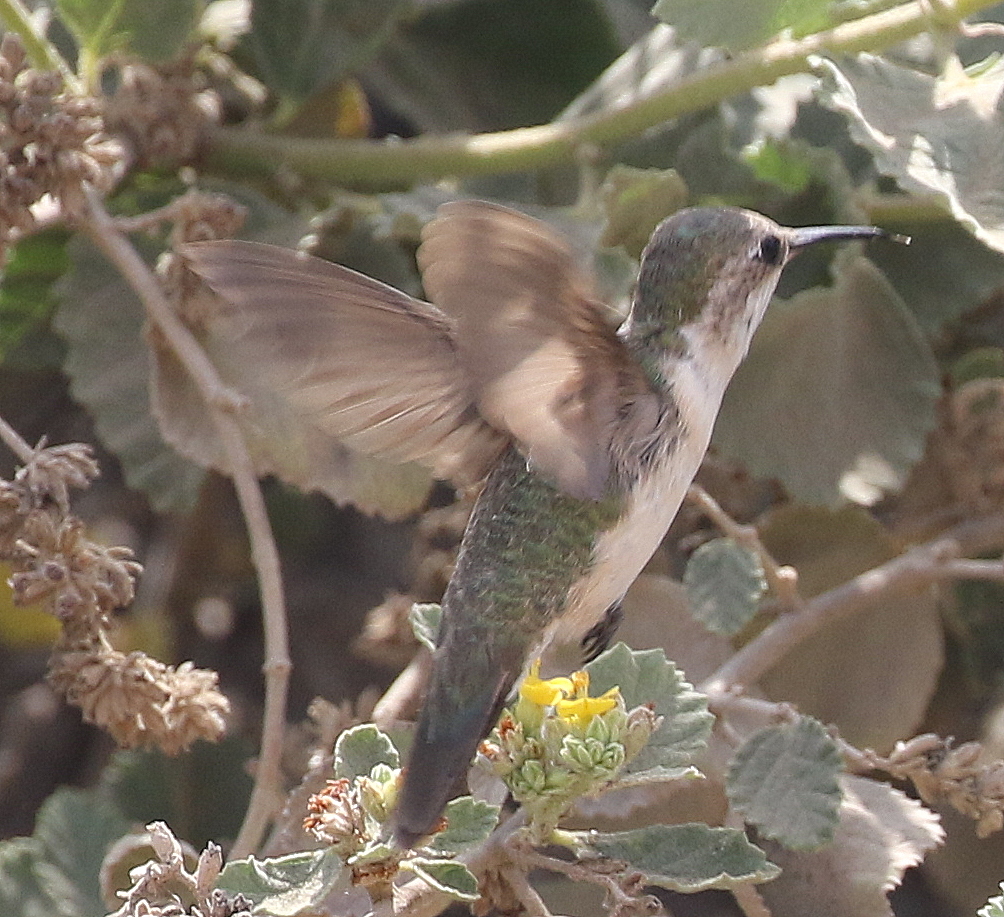
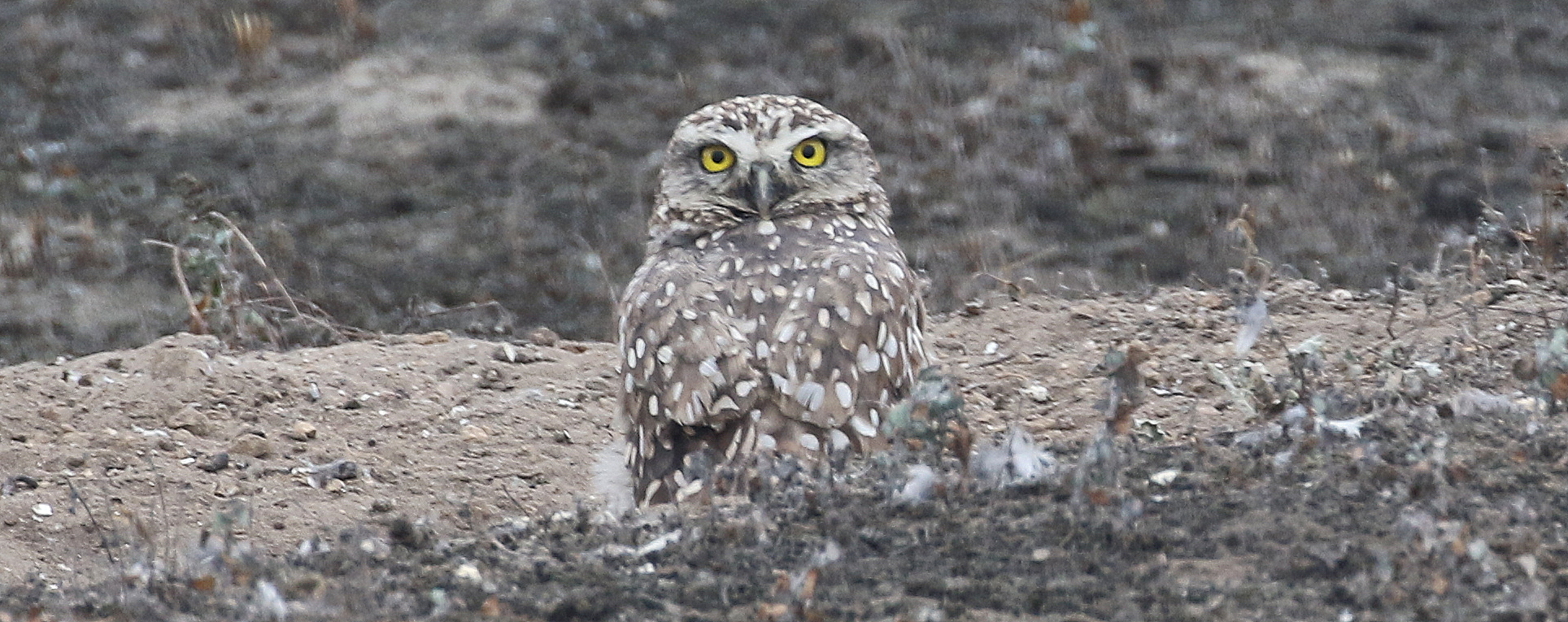
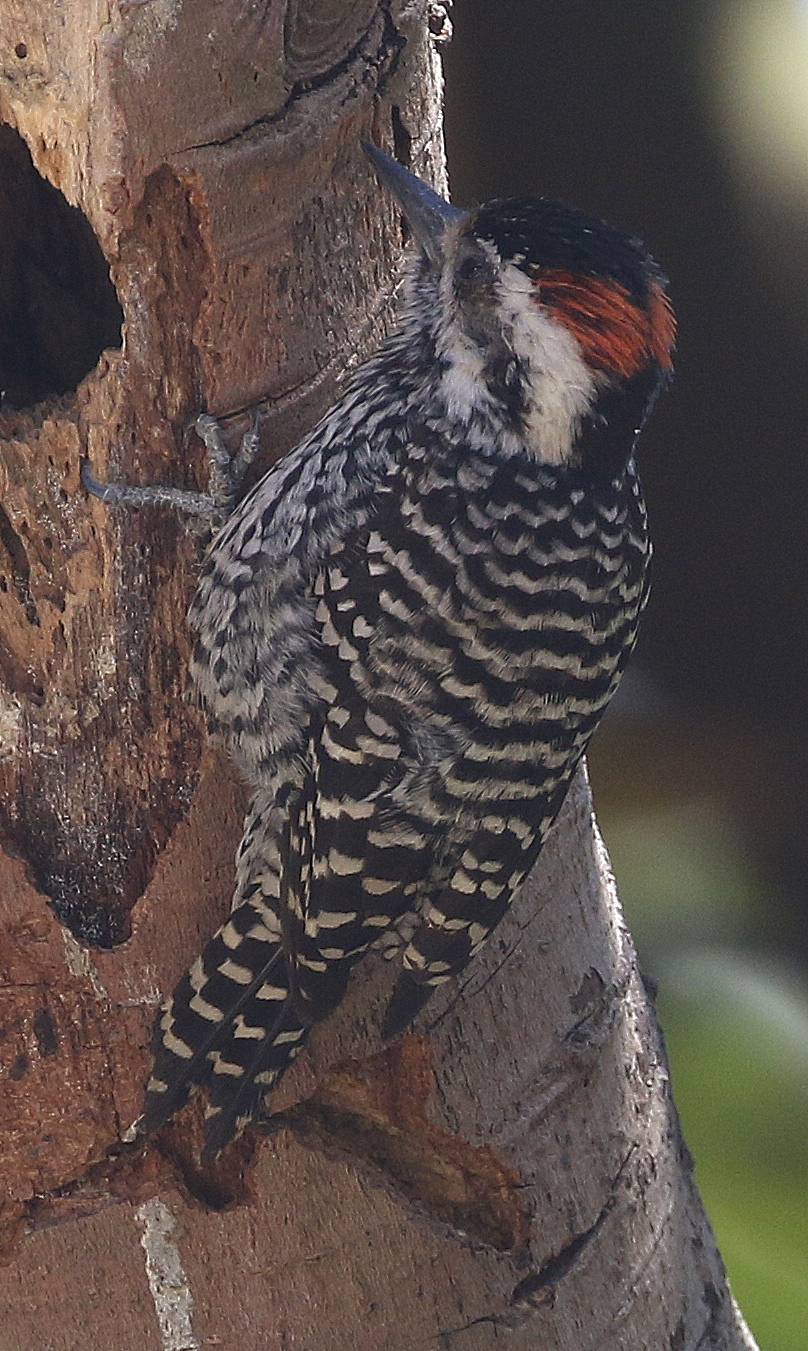
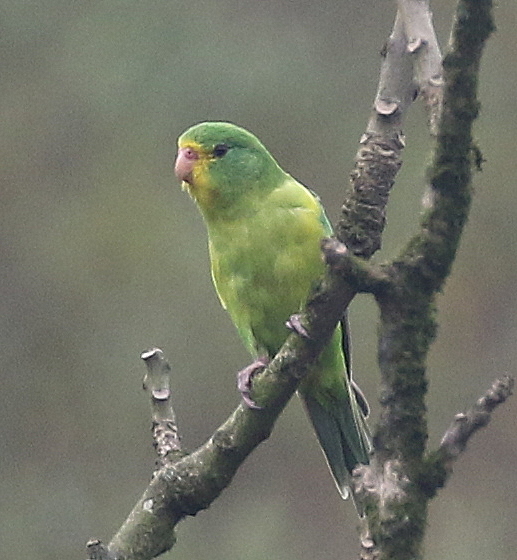
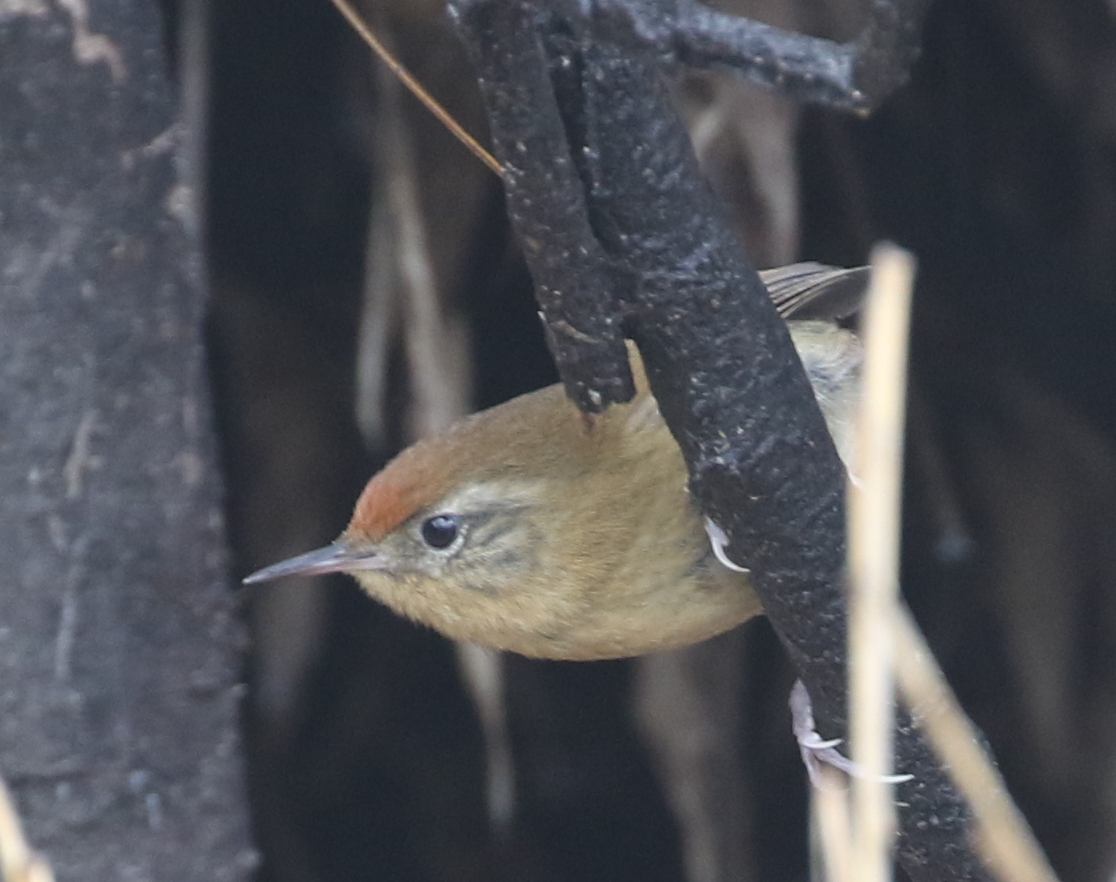
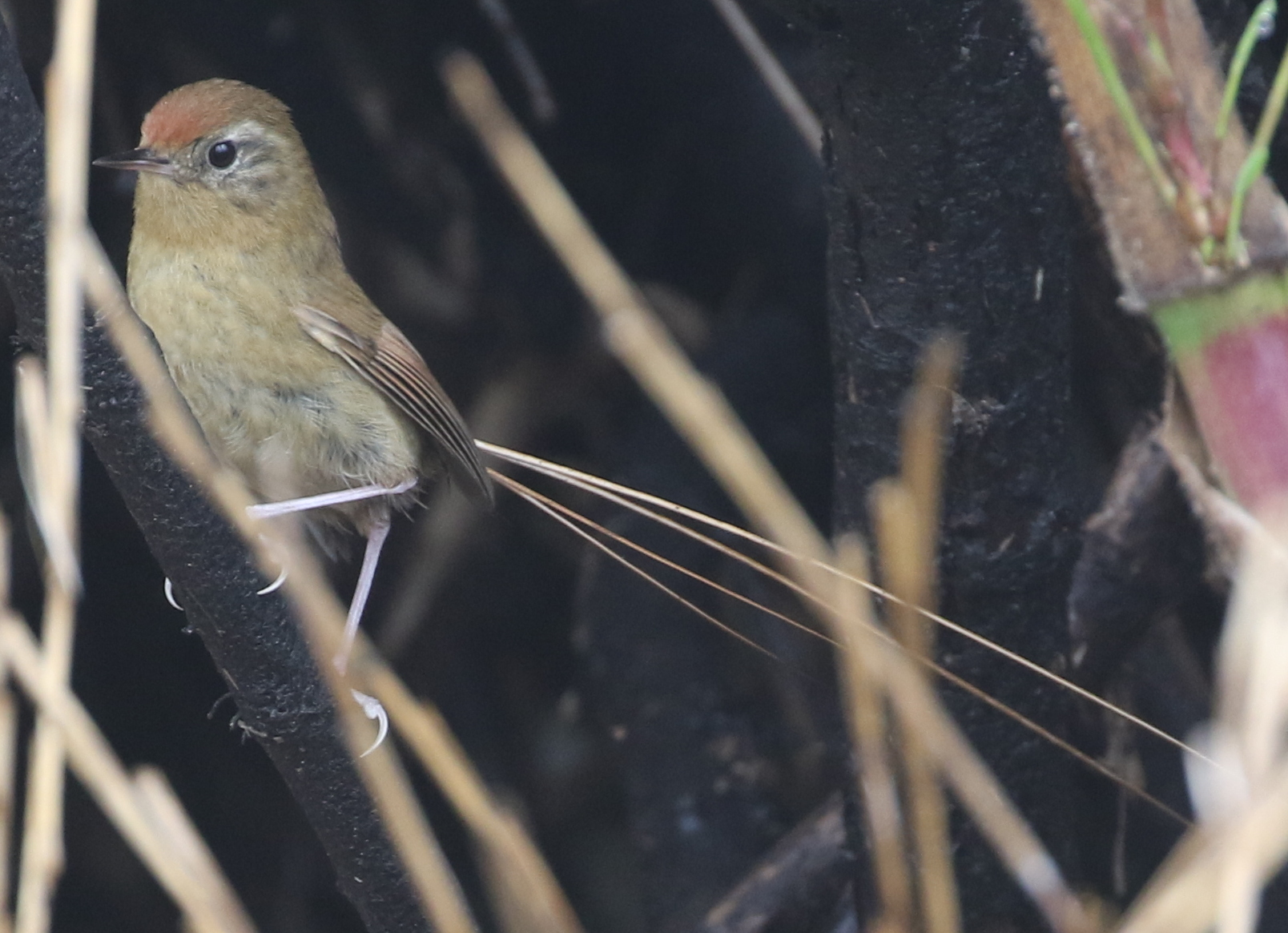
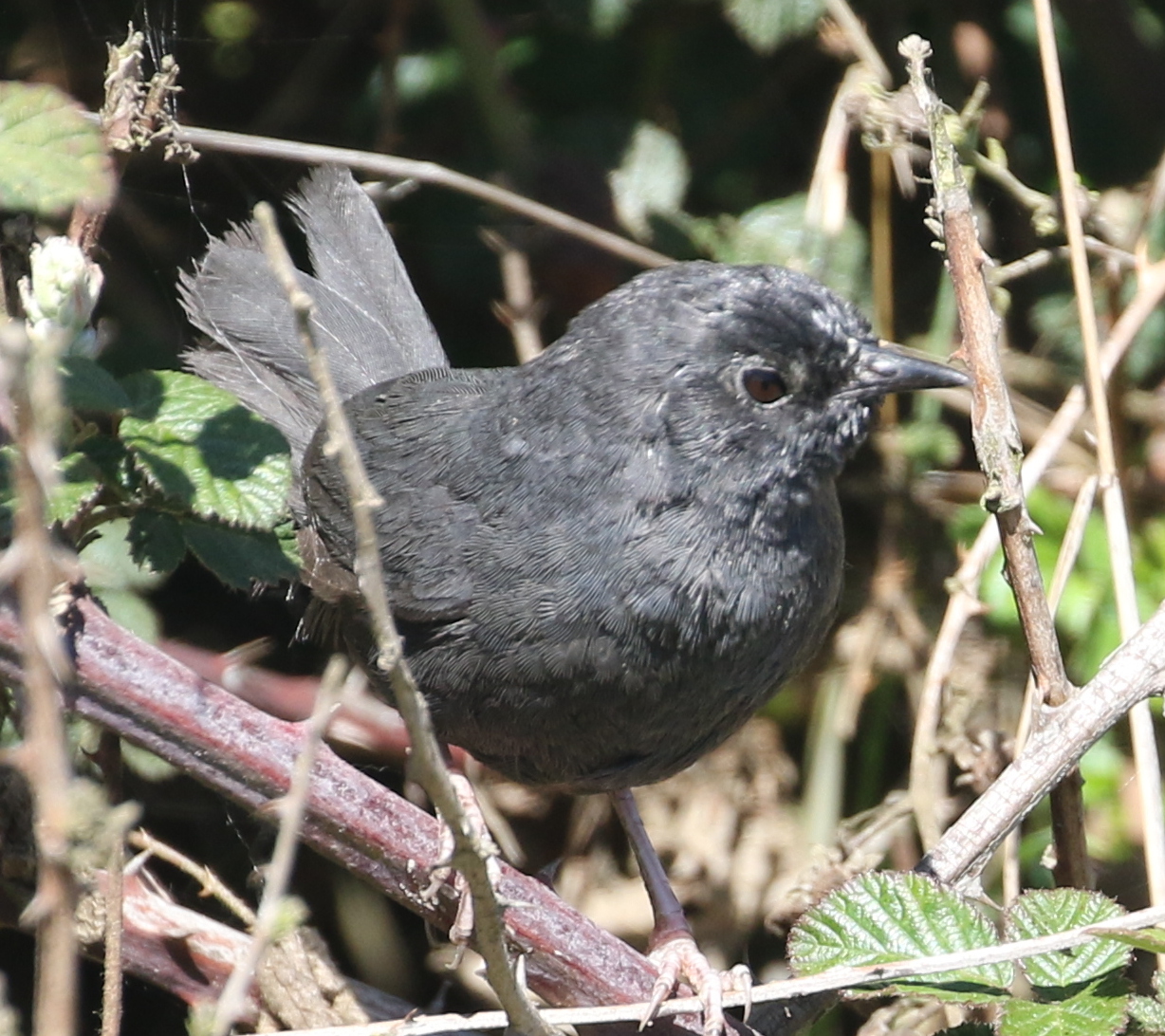
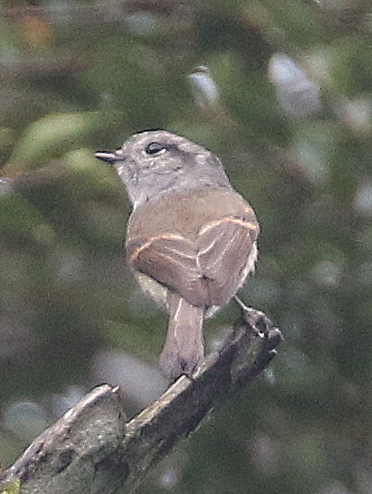
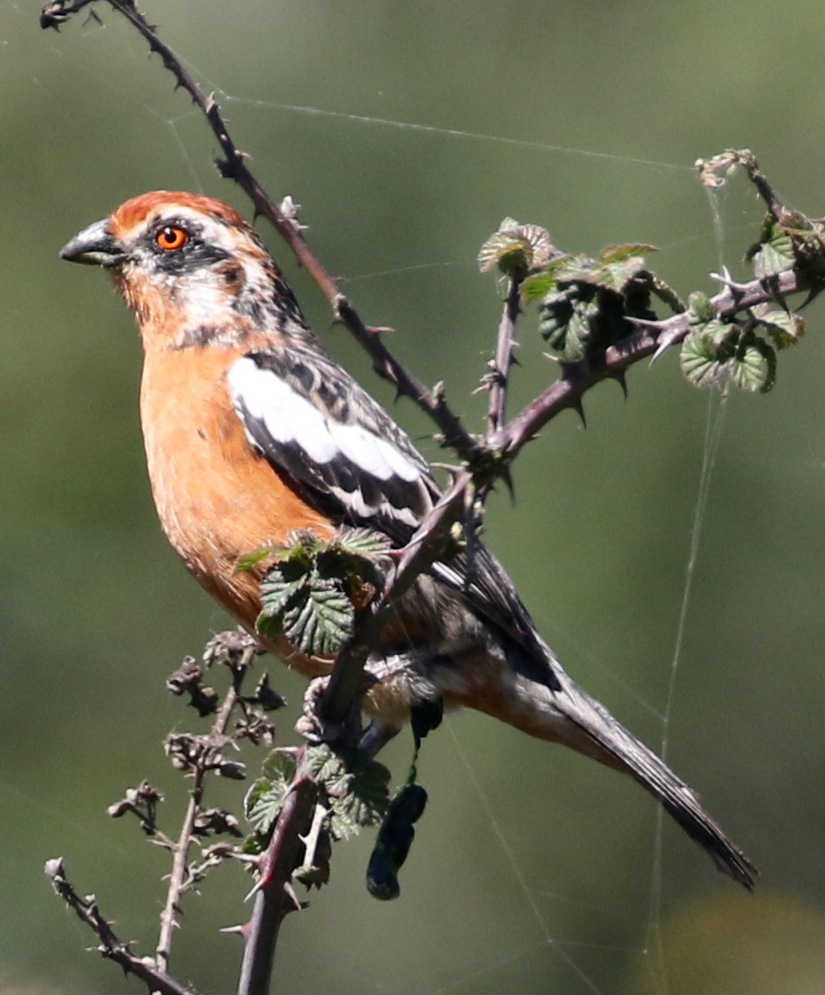
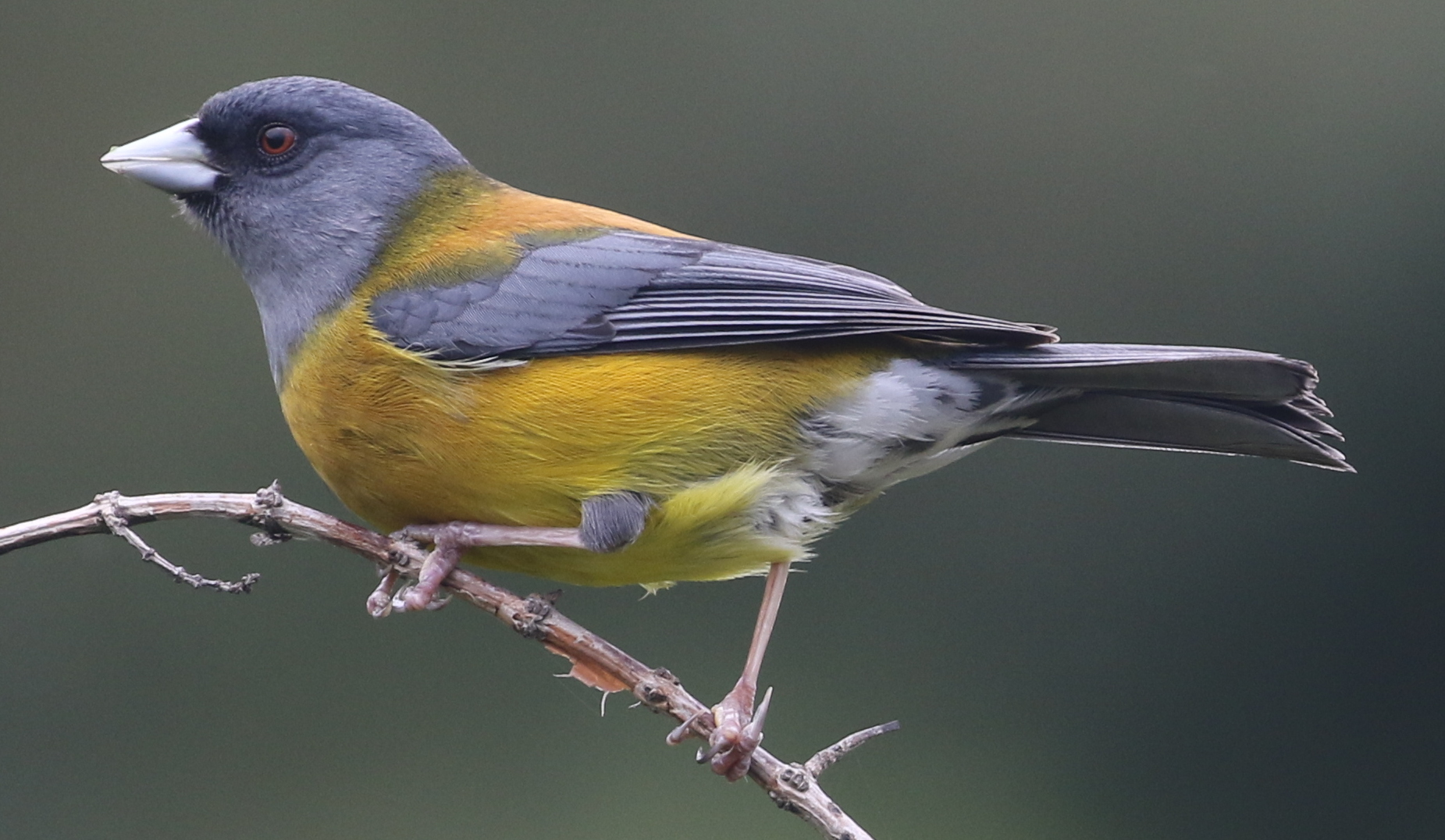
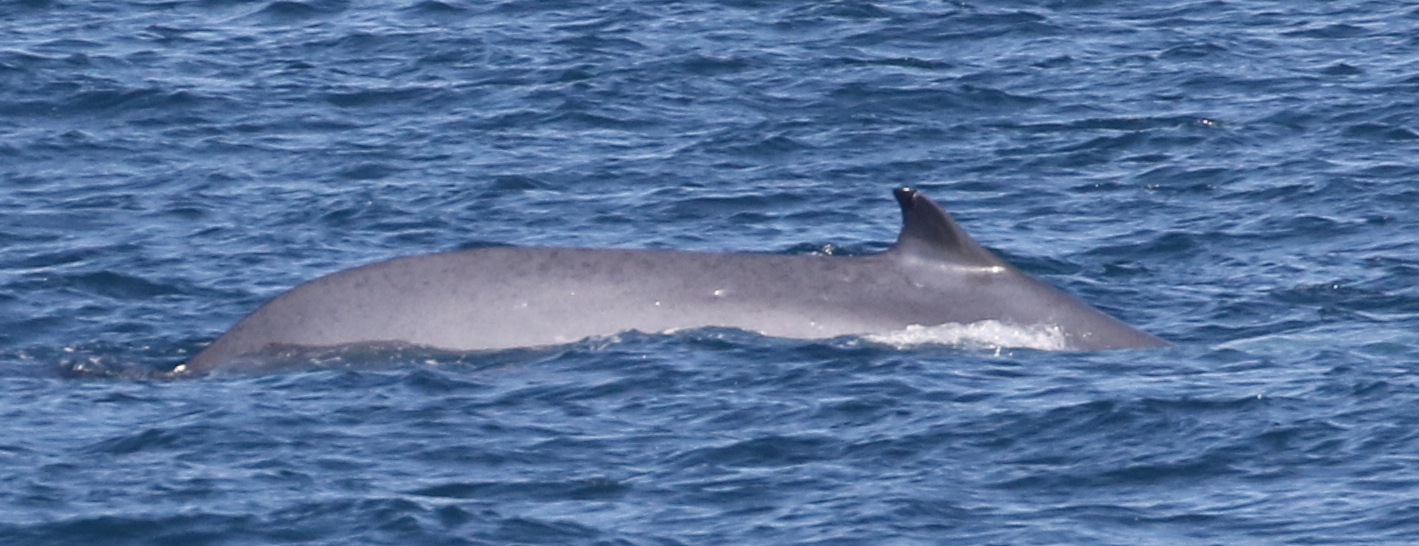

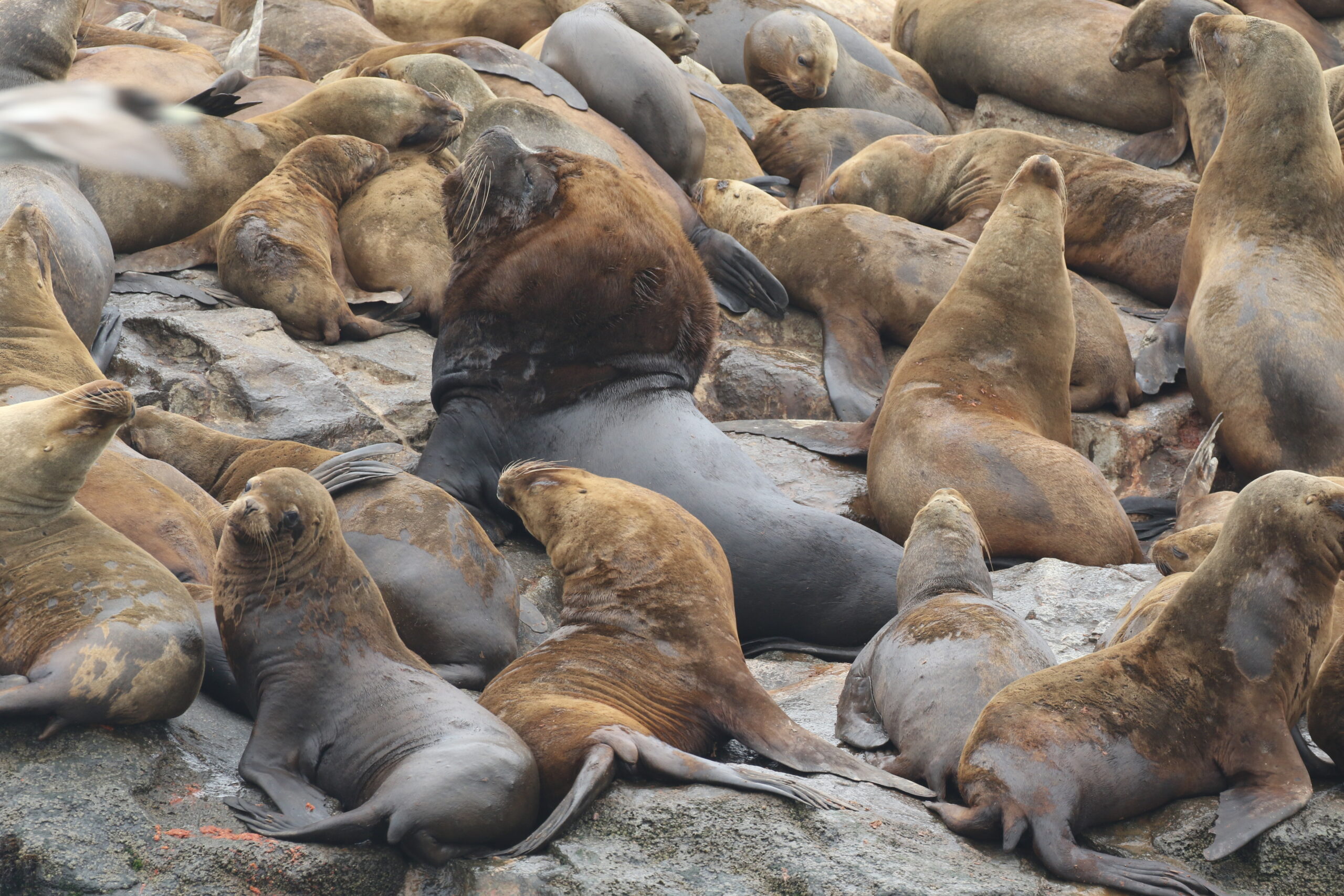
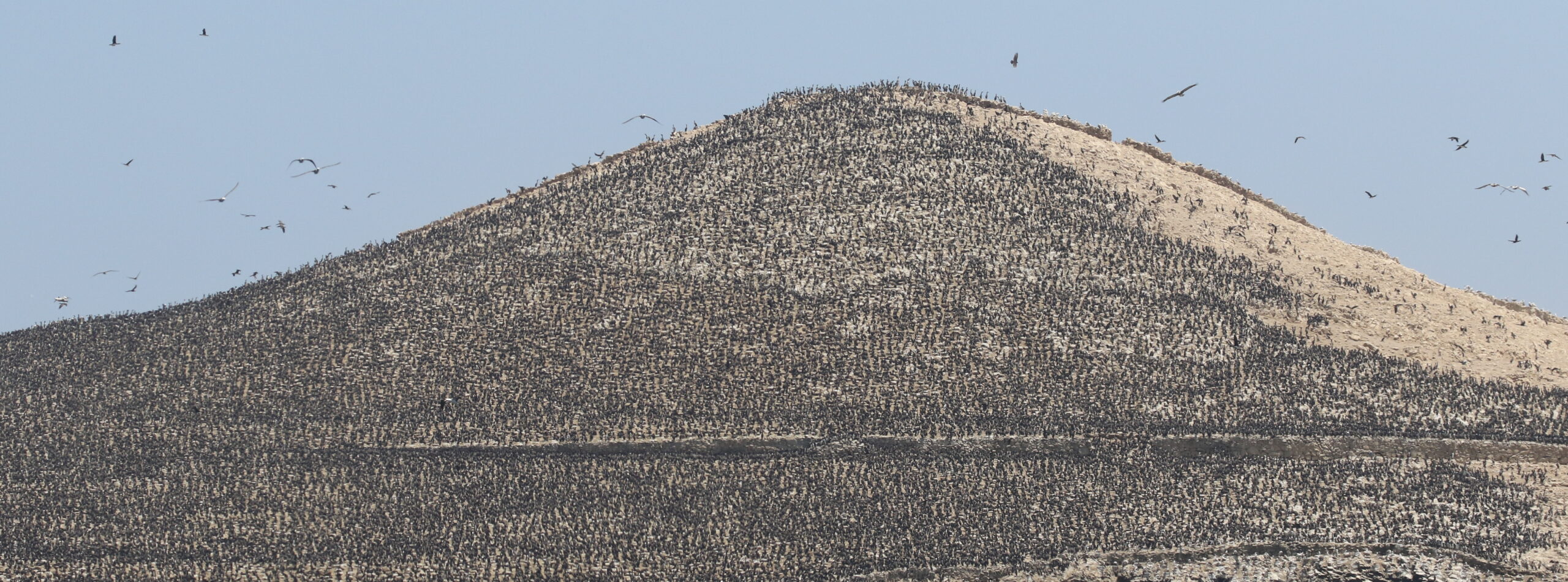












































Ask About This Tour
If you have any questions about this tour, please enter your details here and we will get back to you as soon as possible.
Alternatively, contact us by email or phone. We look forward to hearing from you!
- 0117 965 8333
- [email protected]
Or complete the contact form and we will endeavour to get back to you as soon as possible.
* = required field
